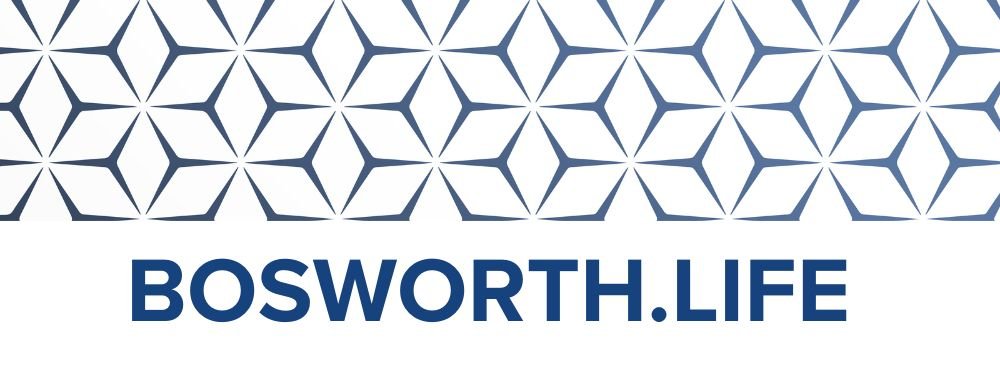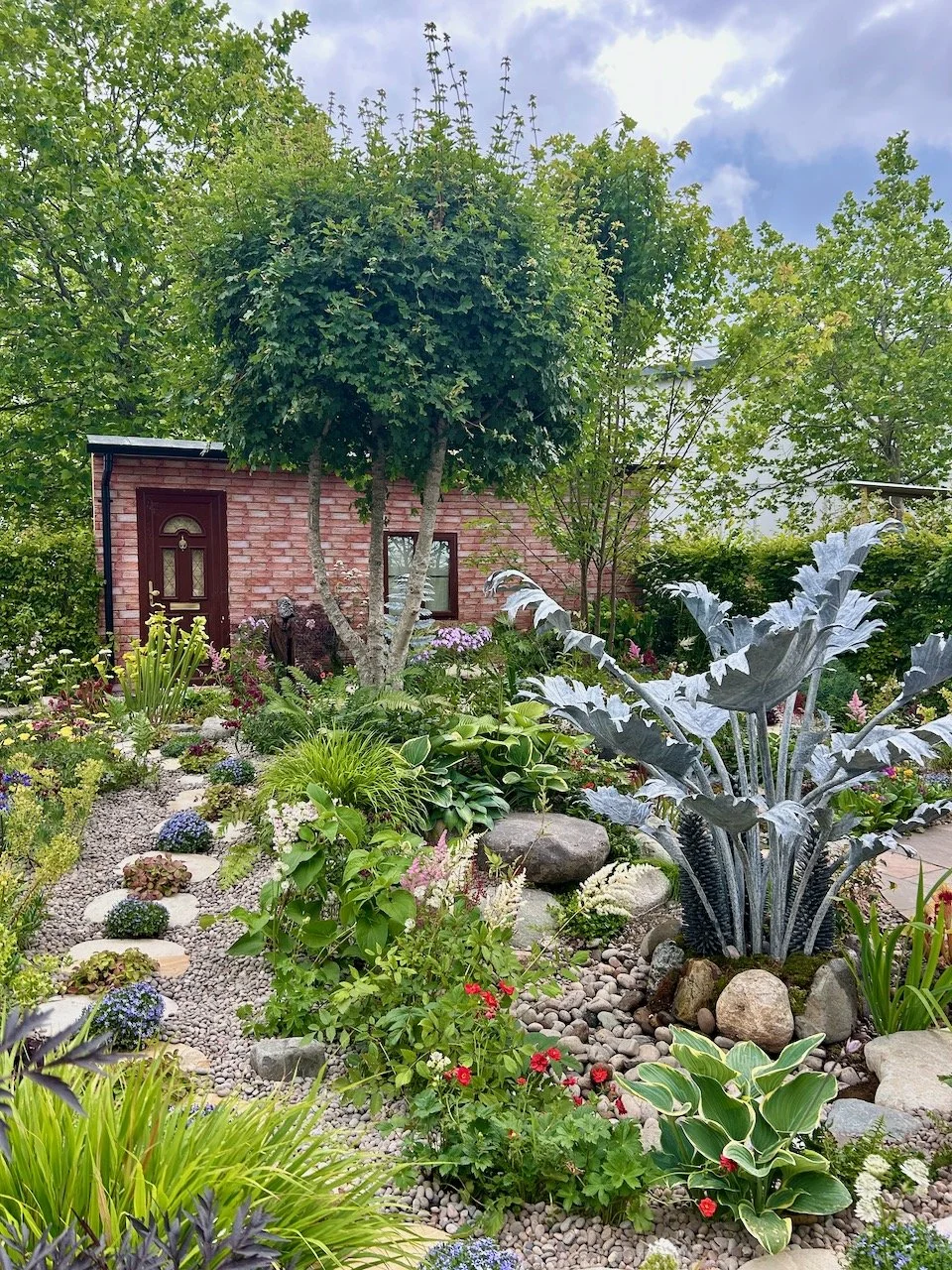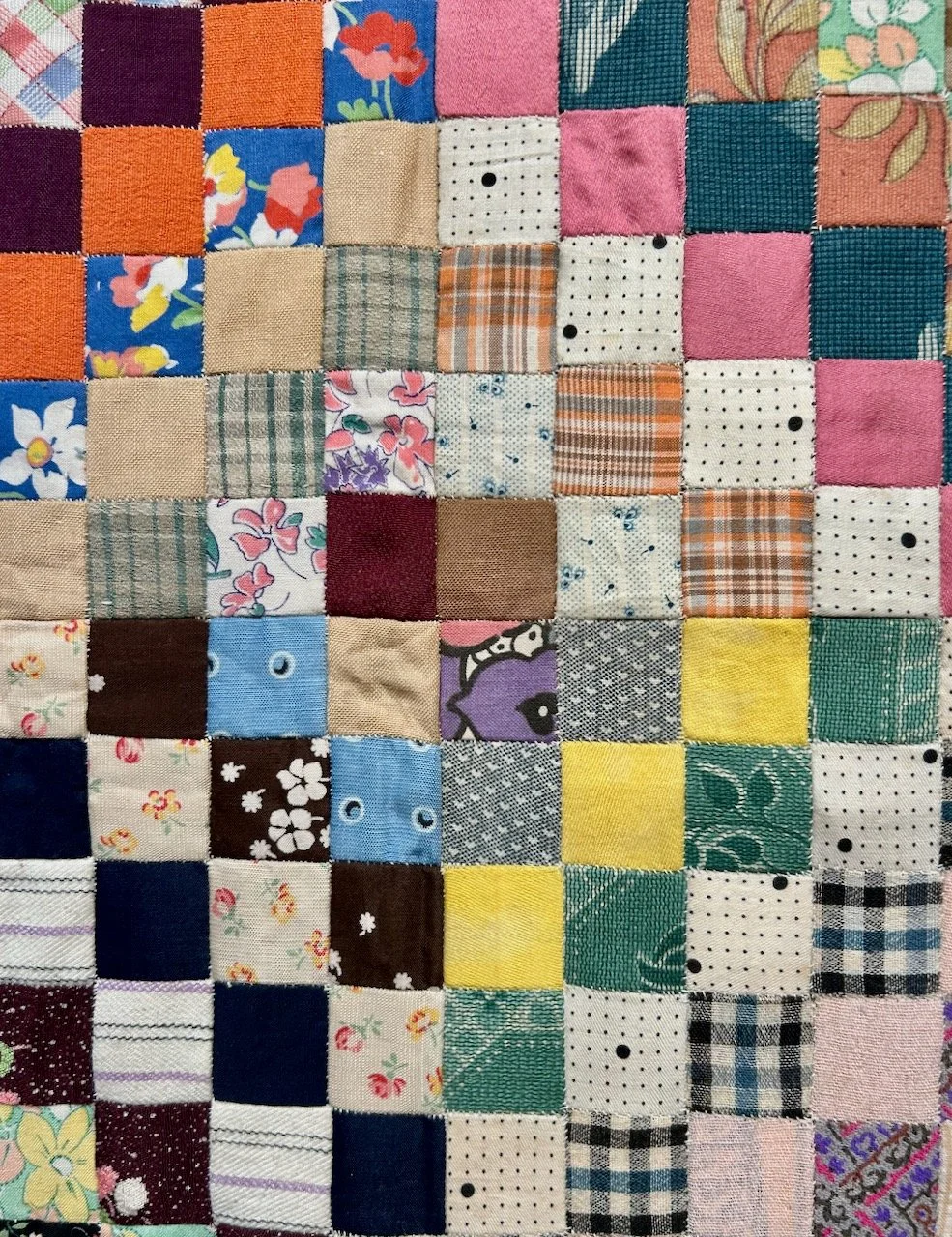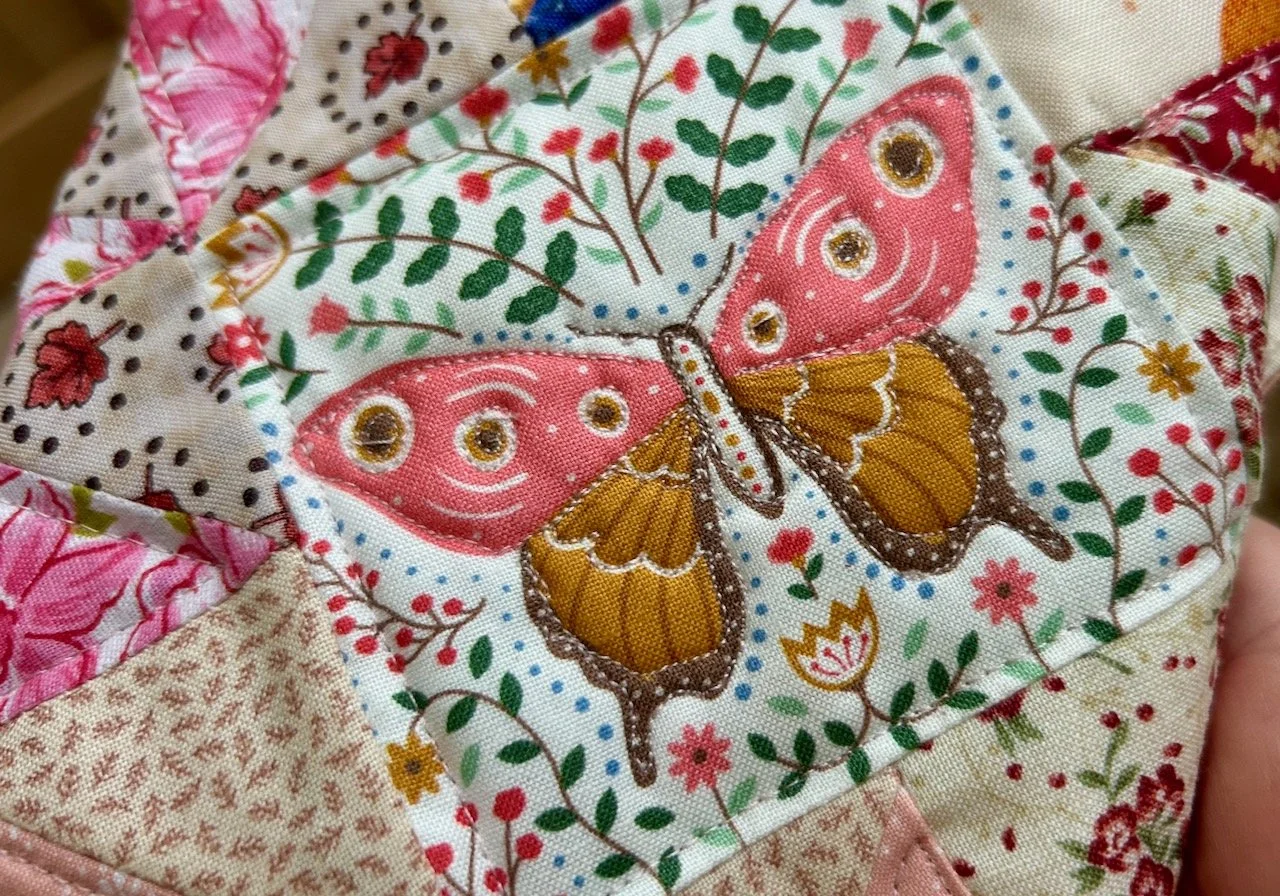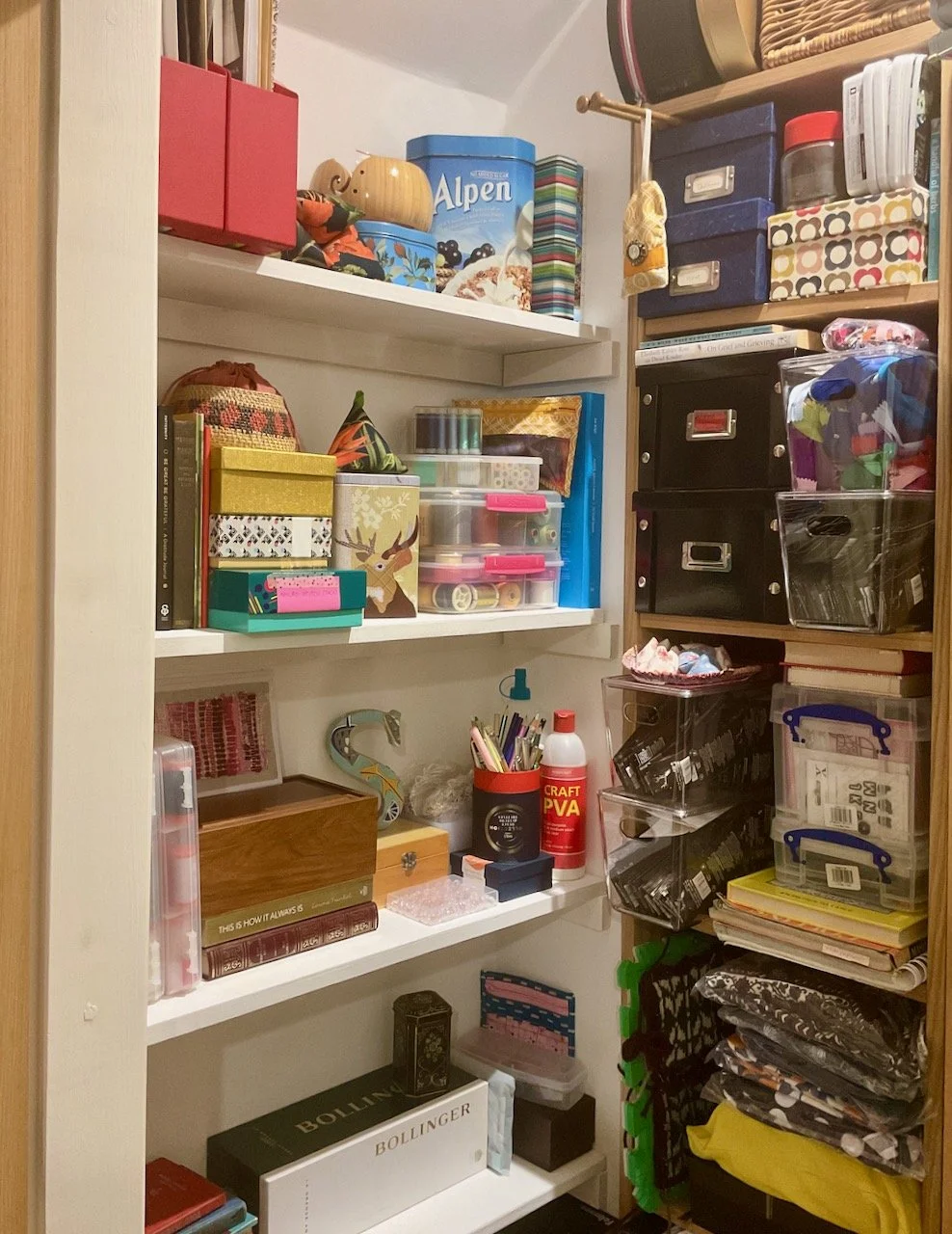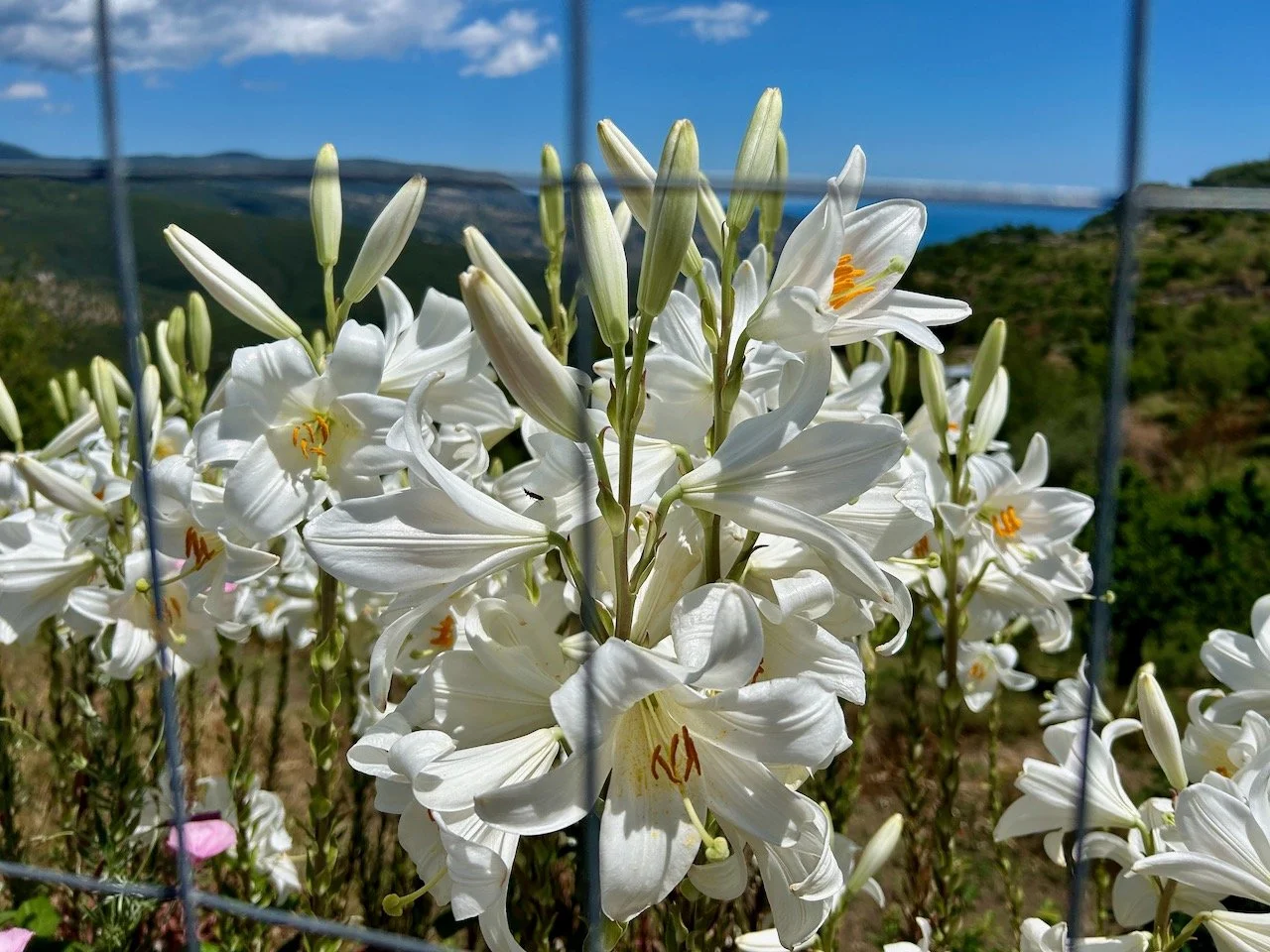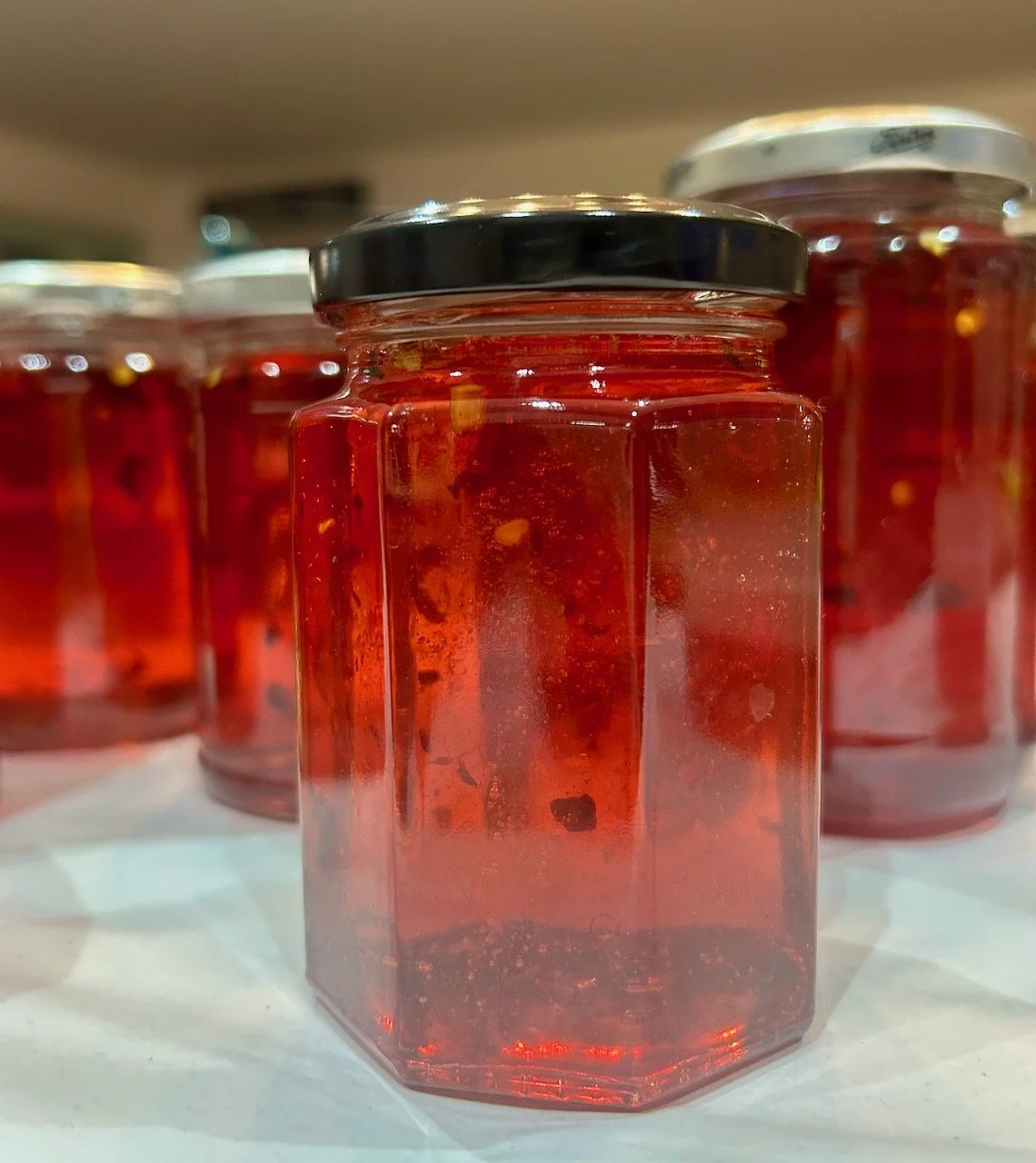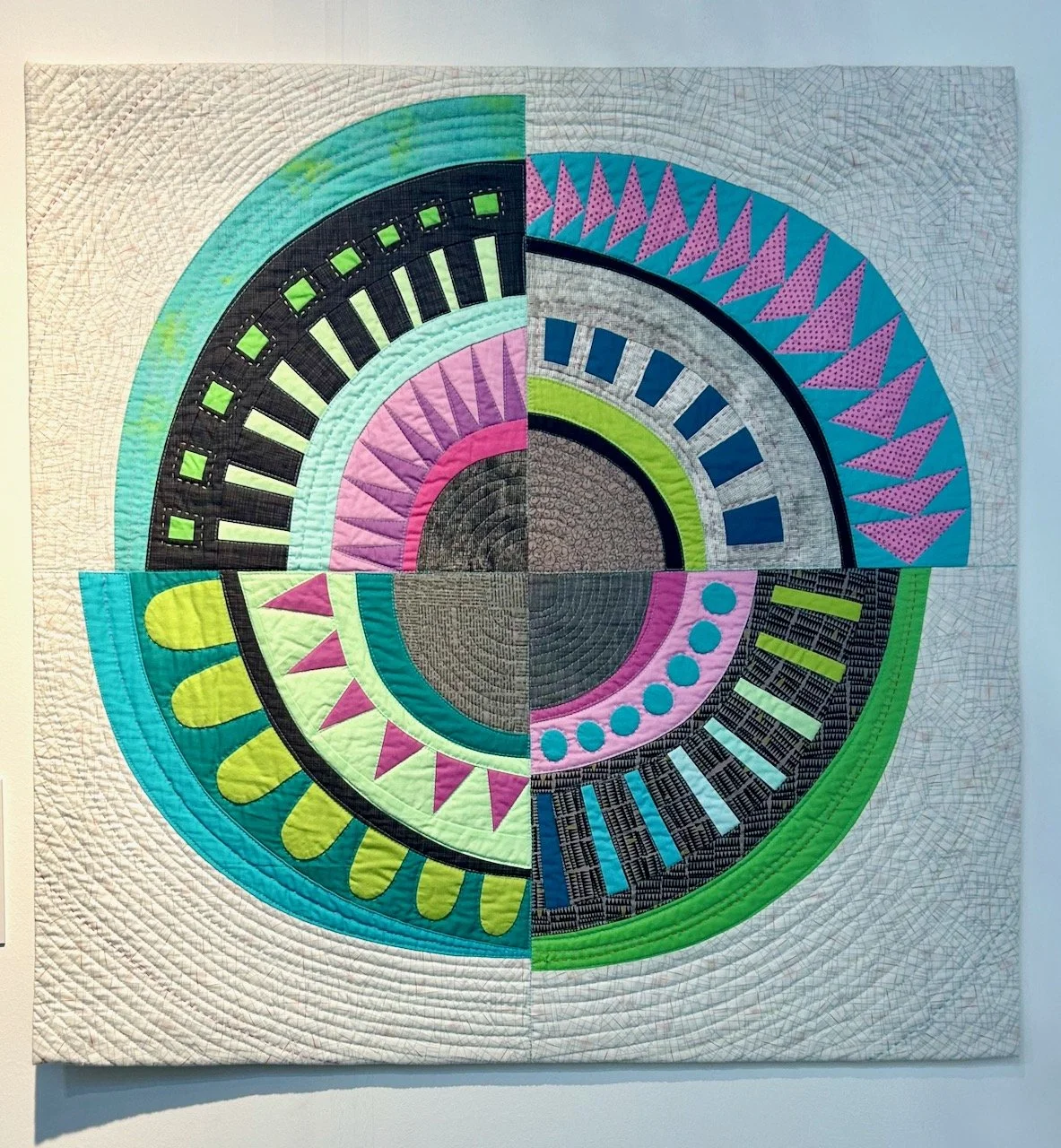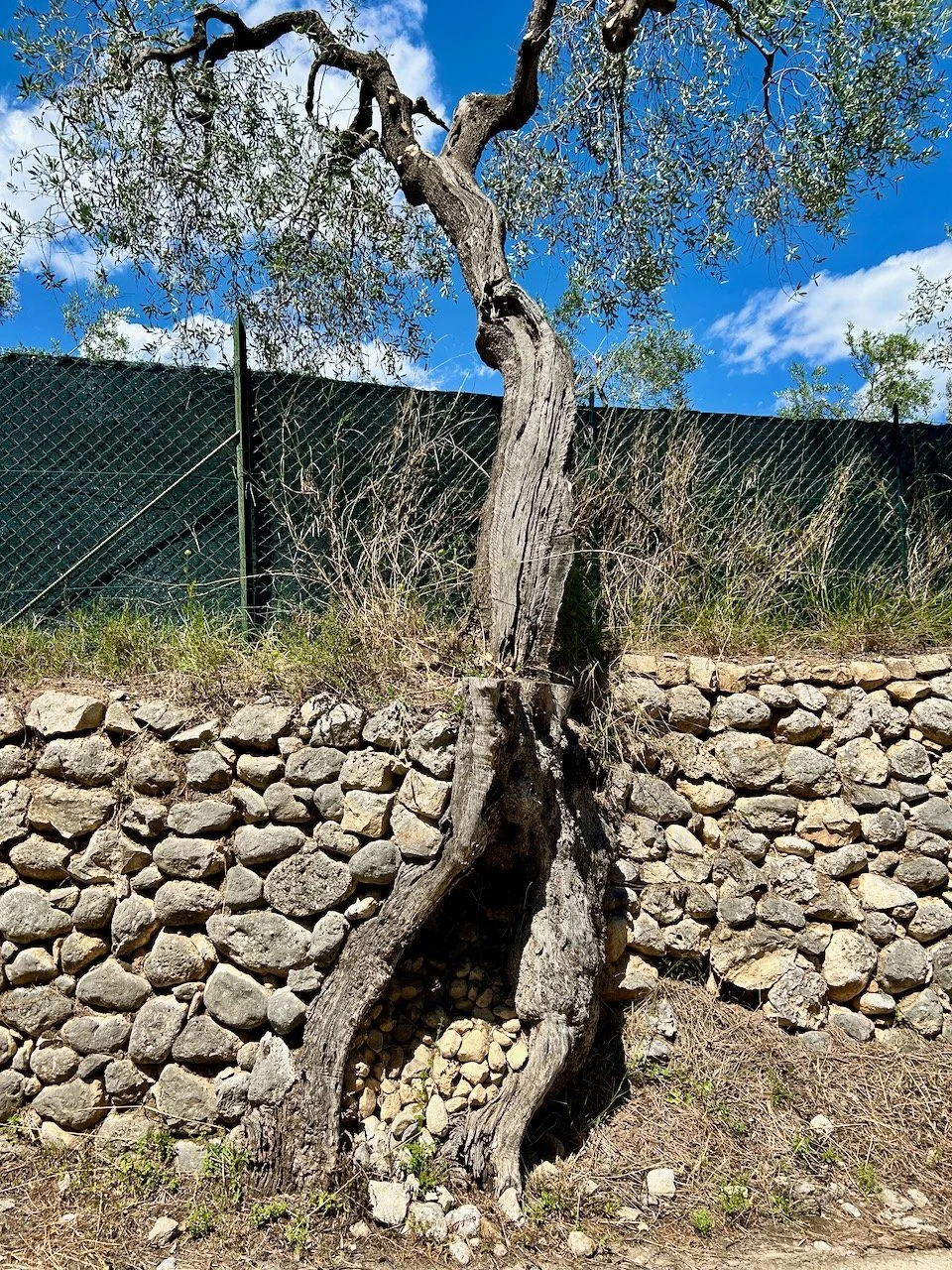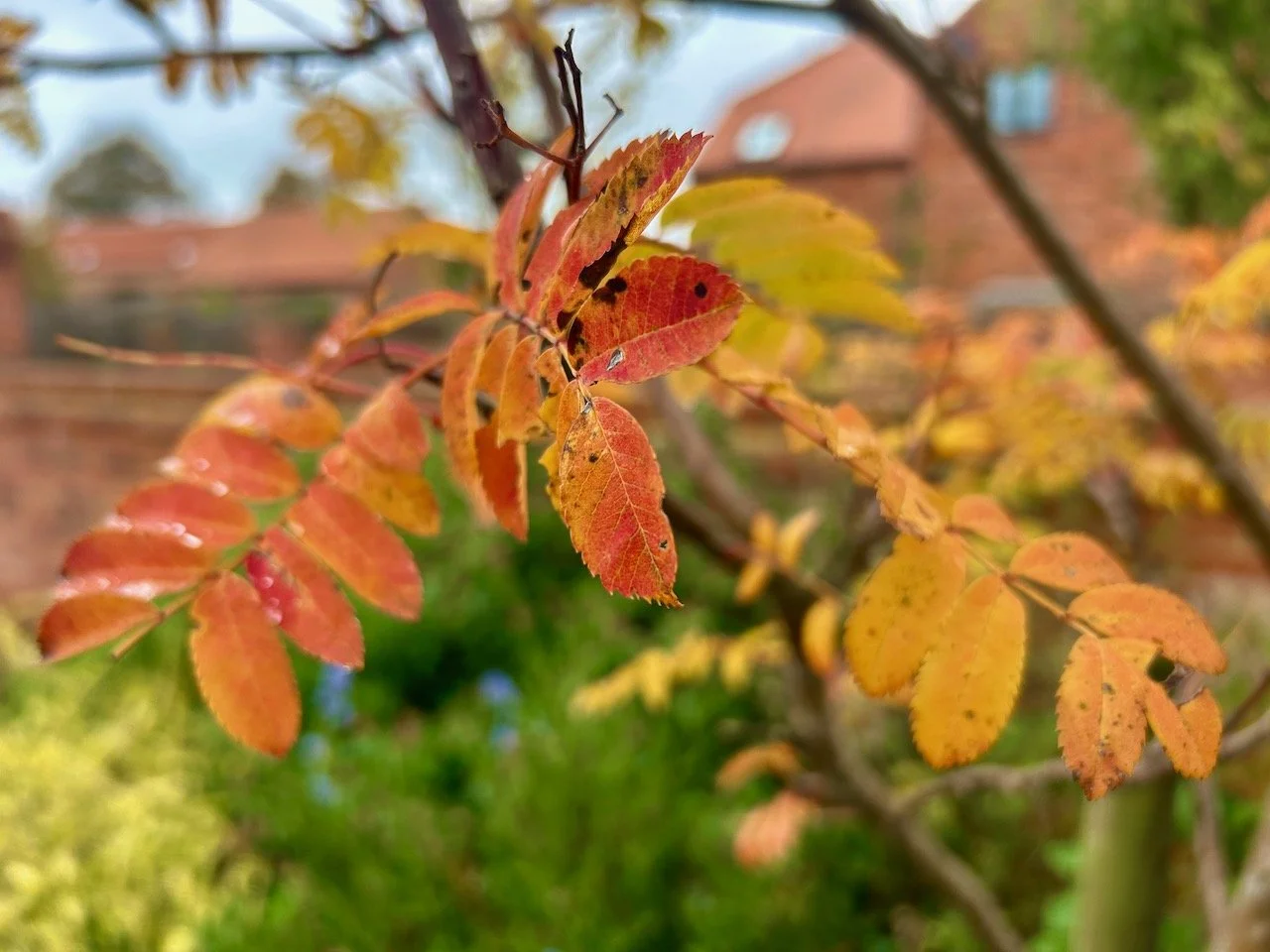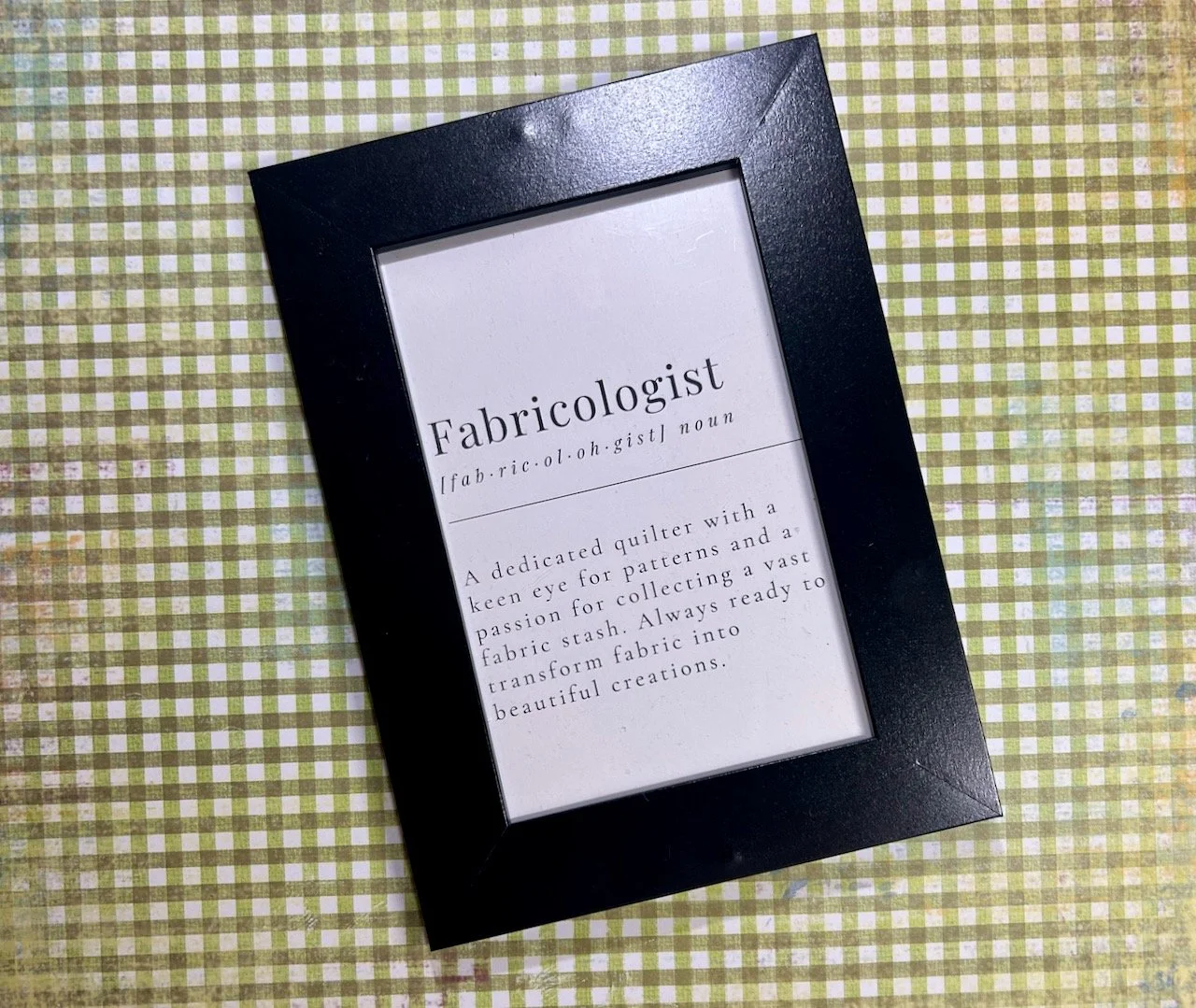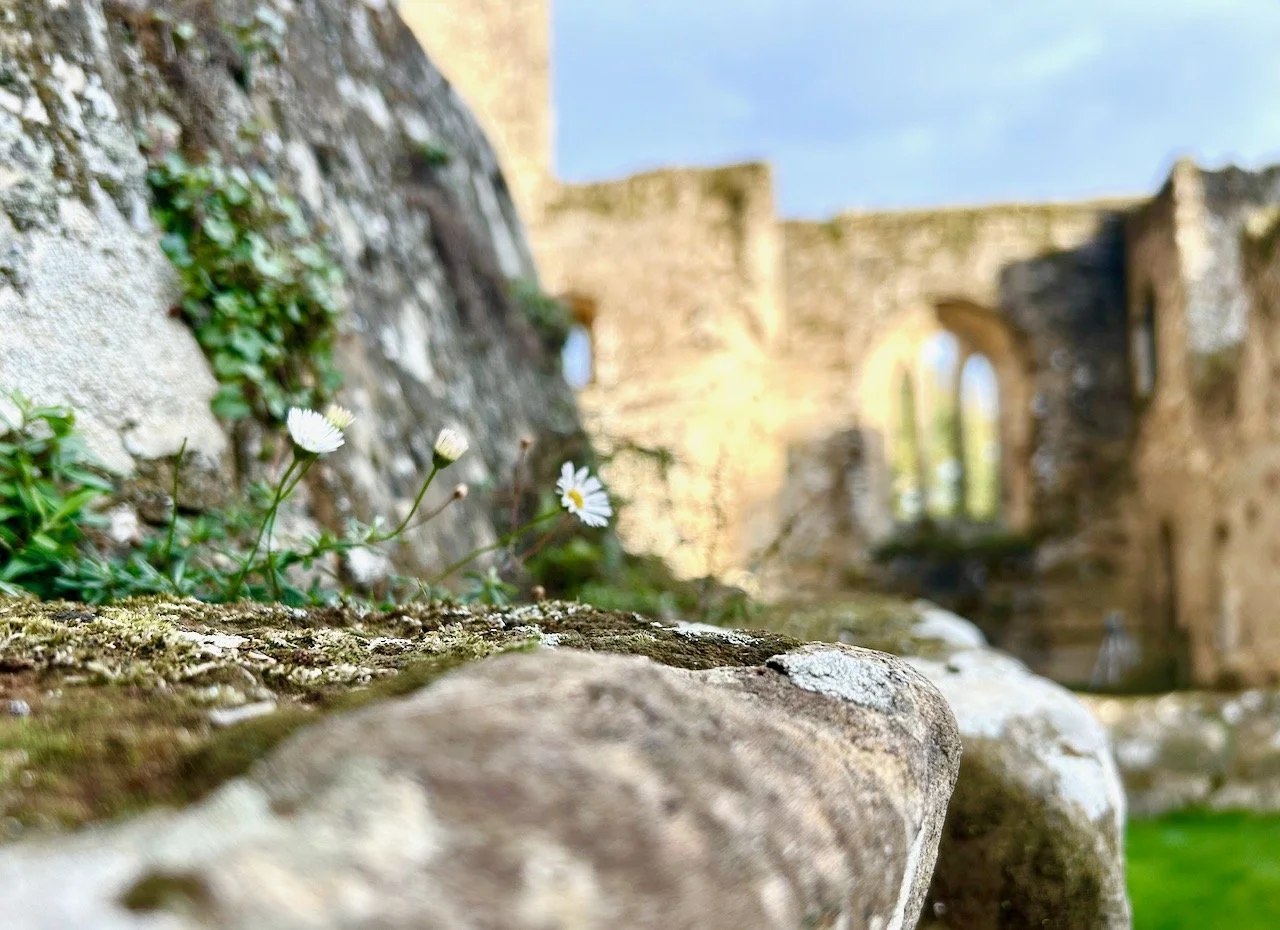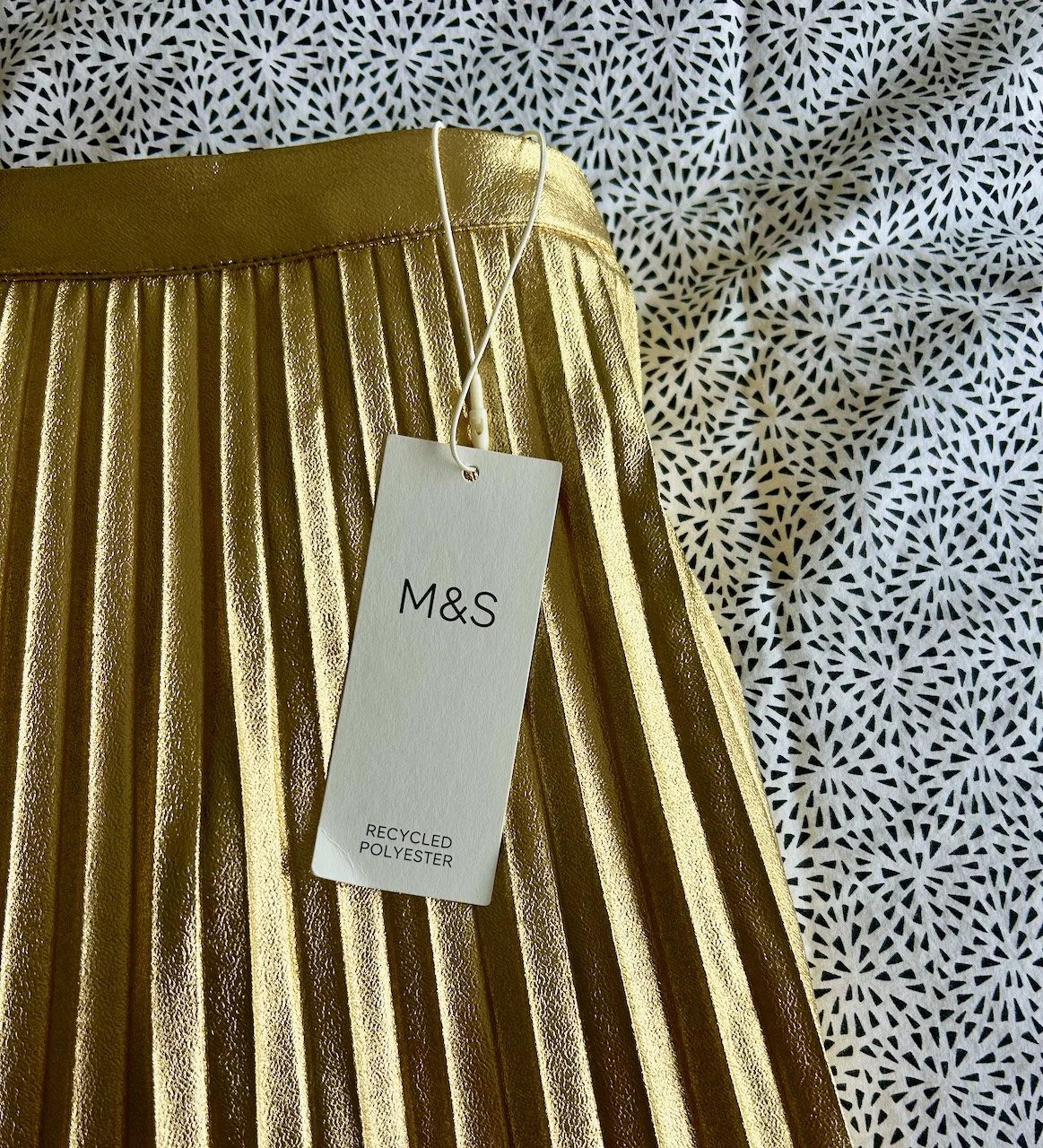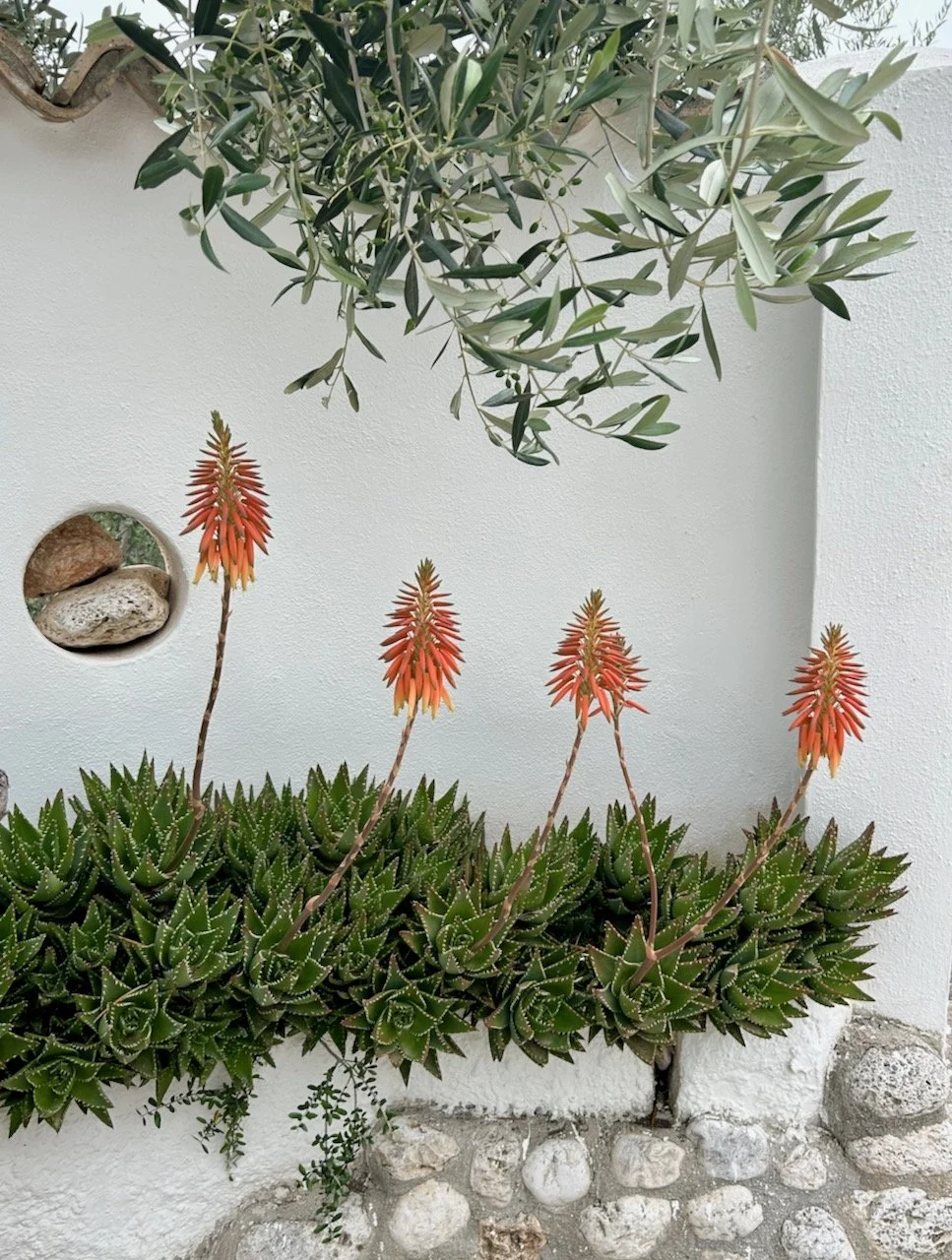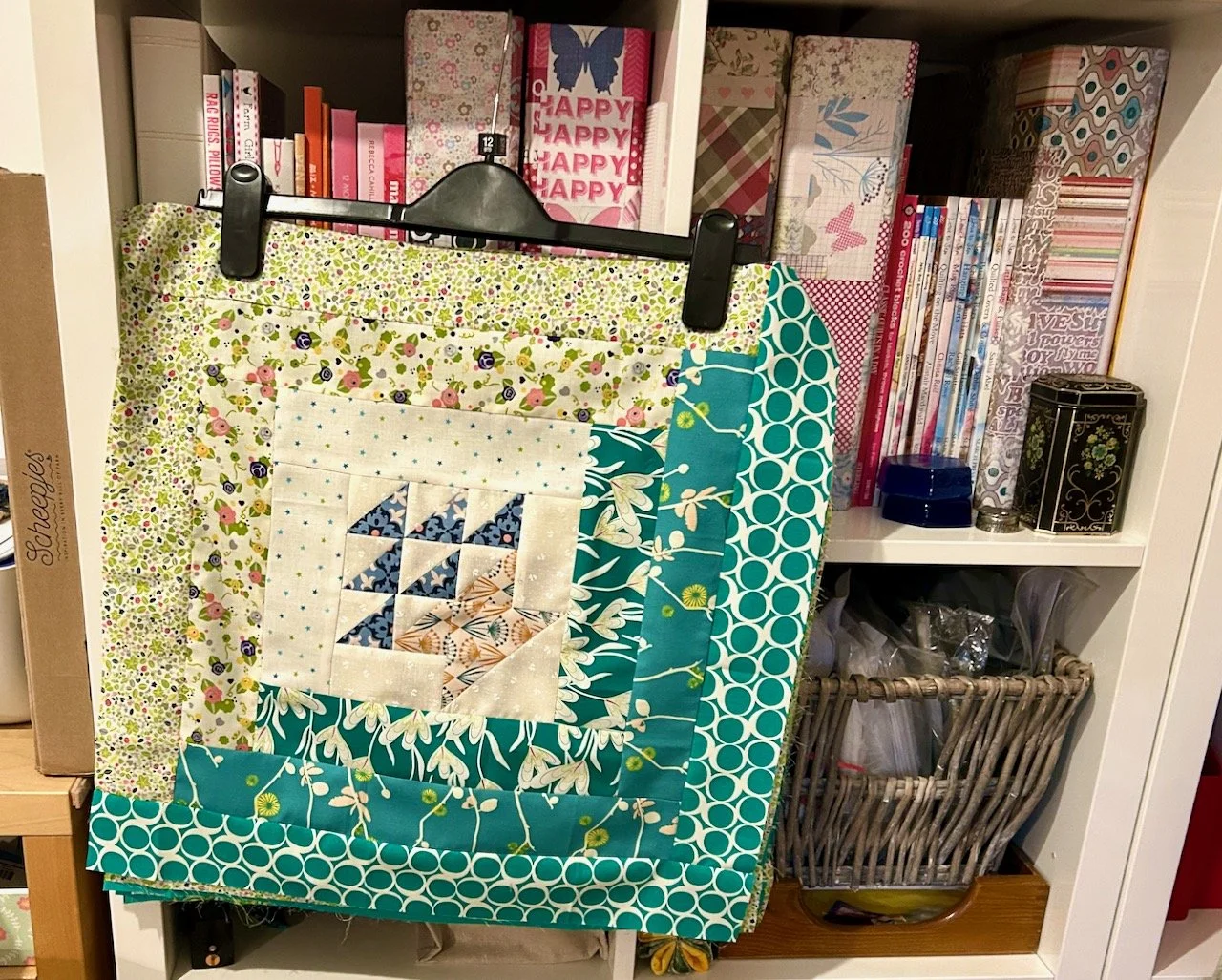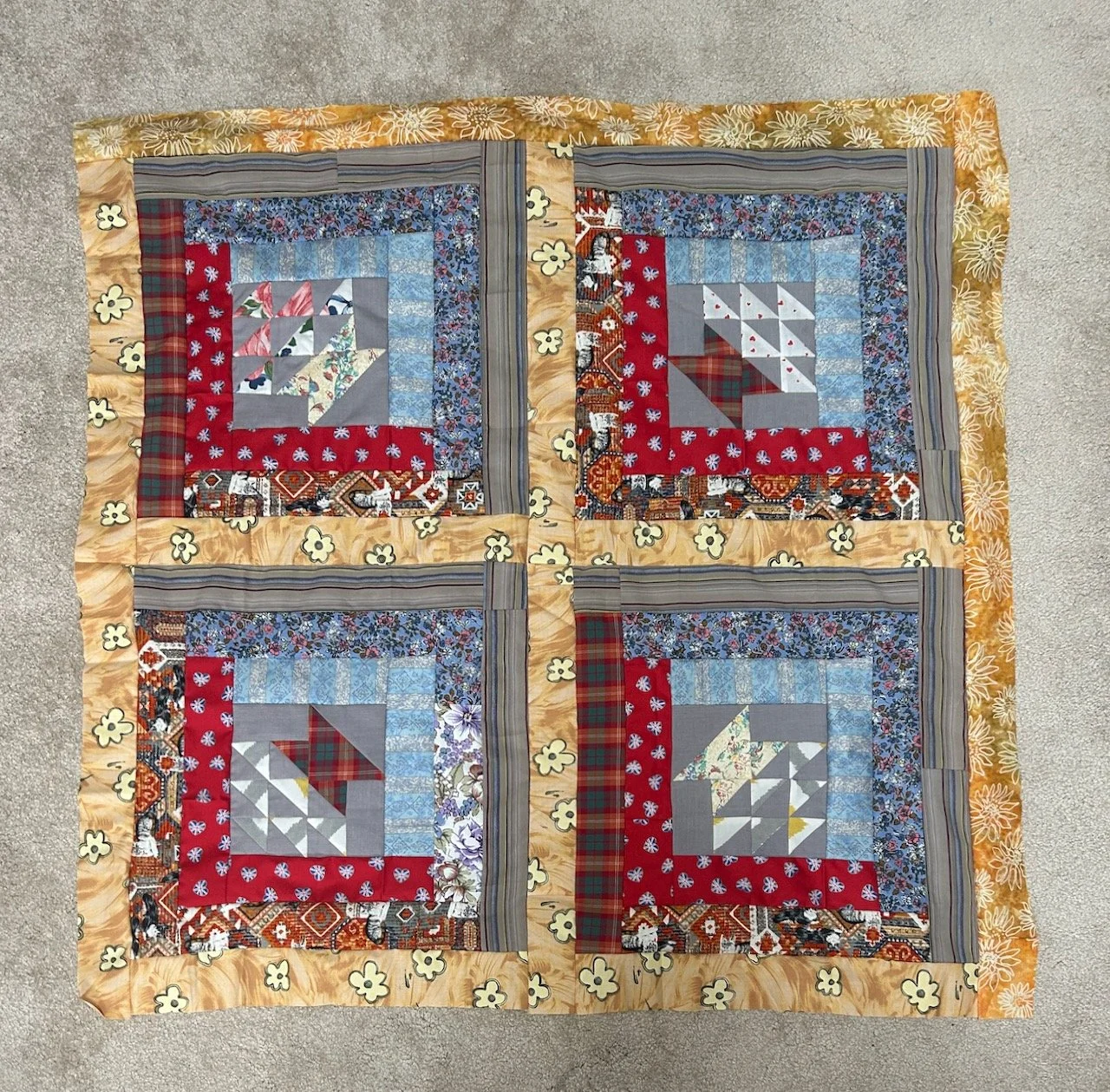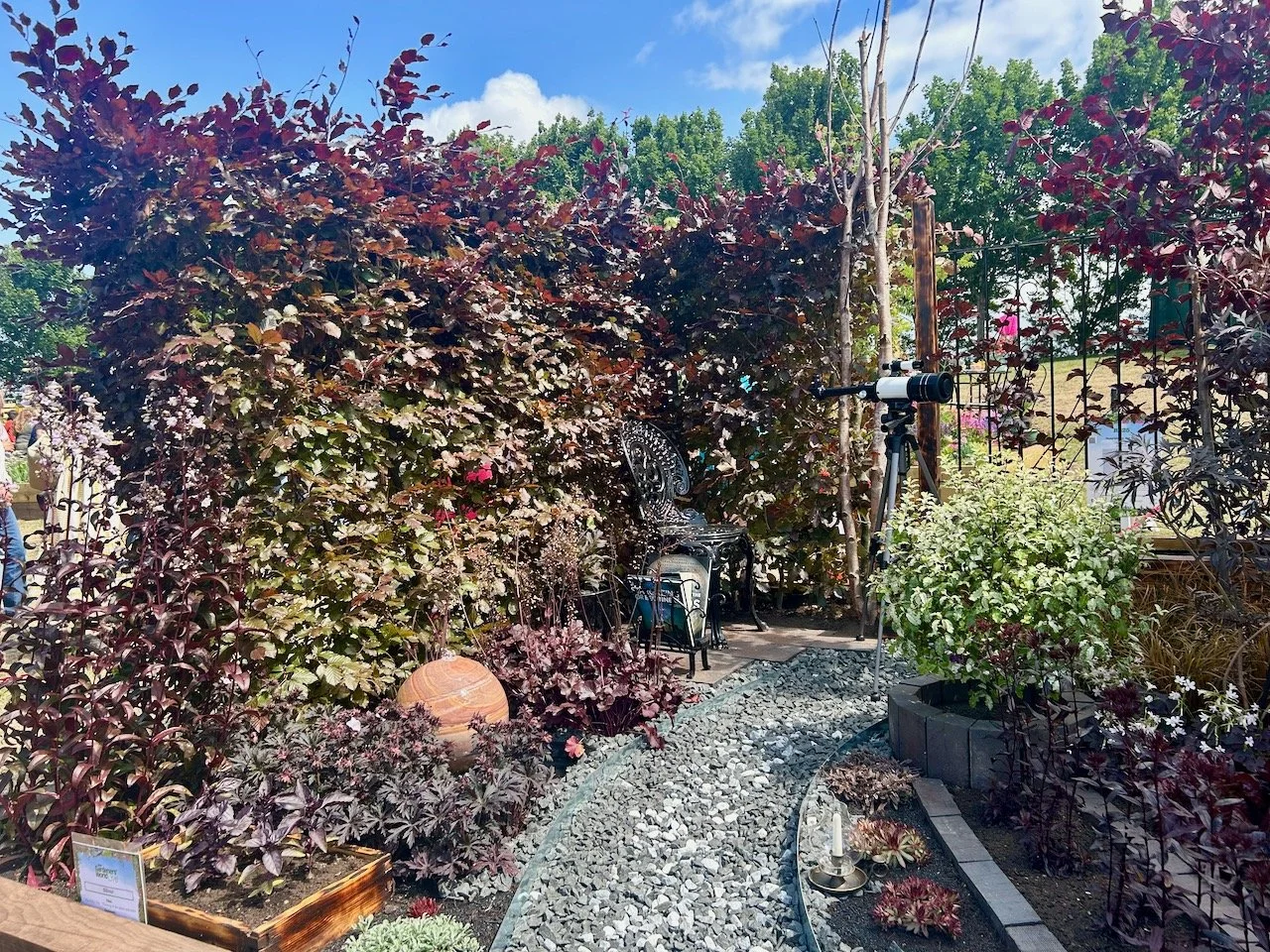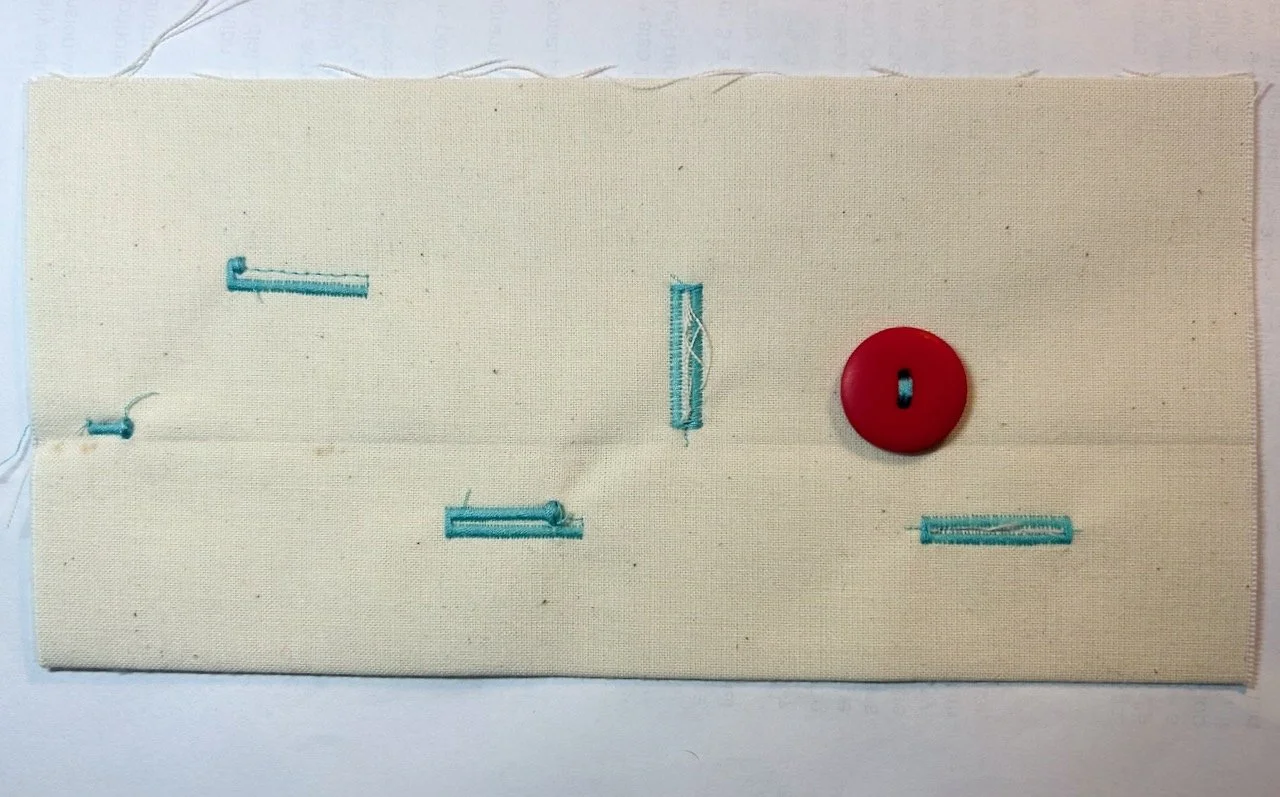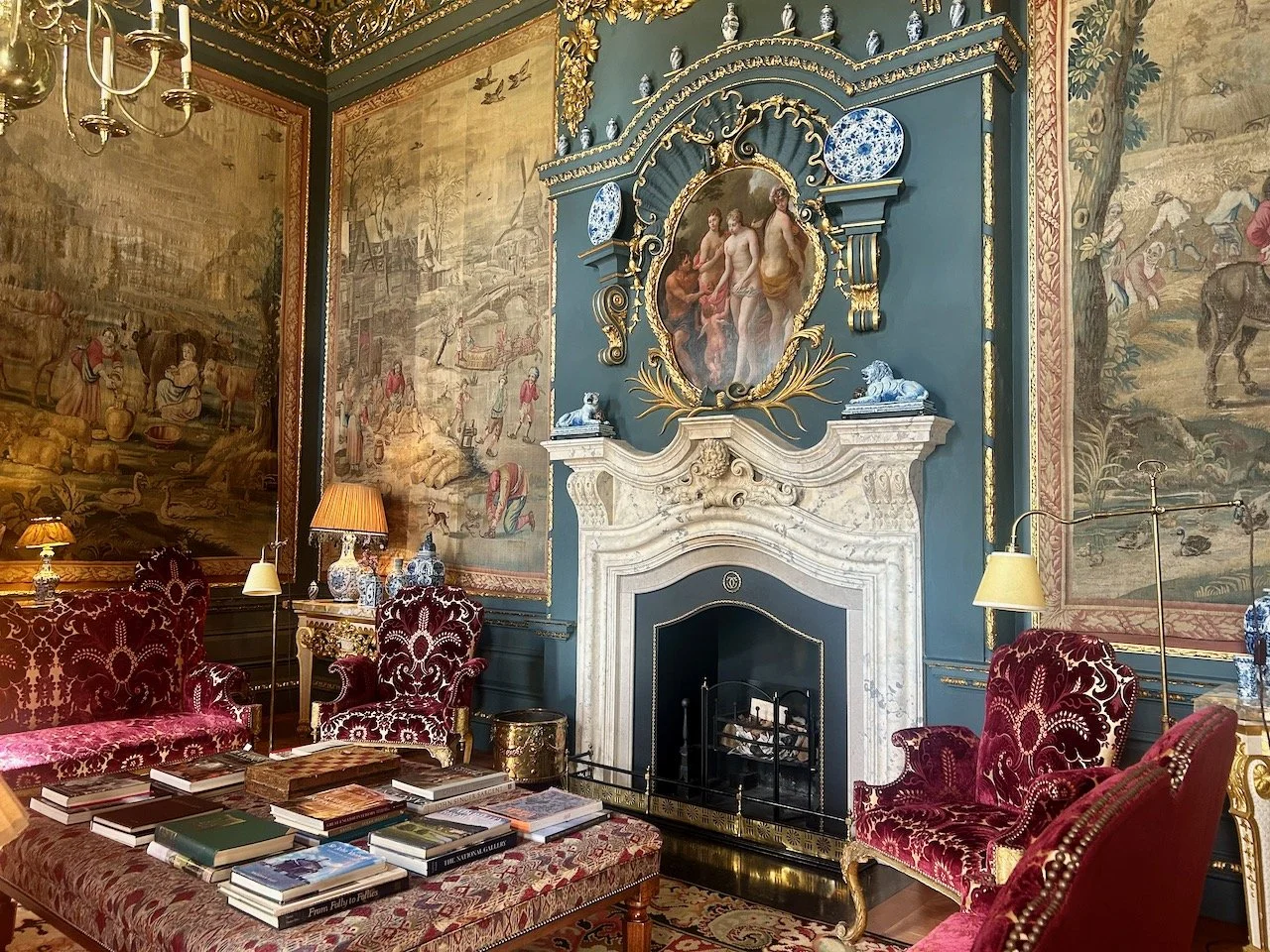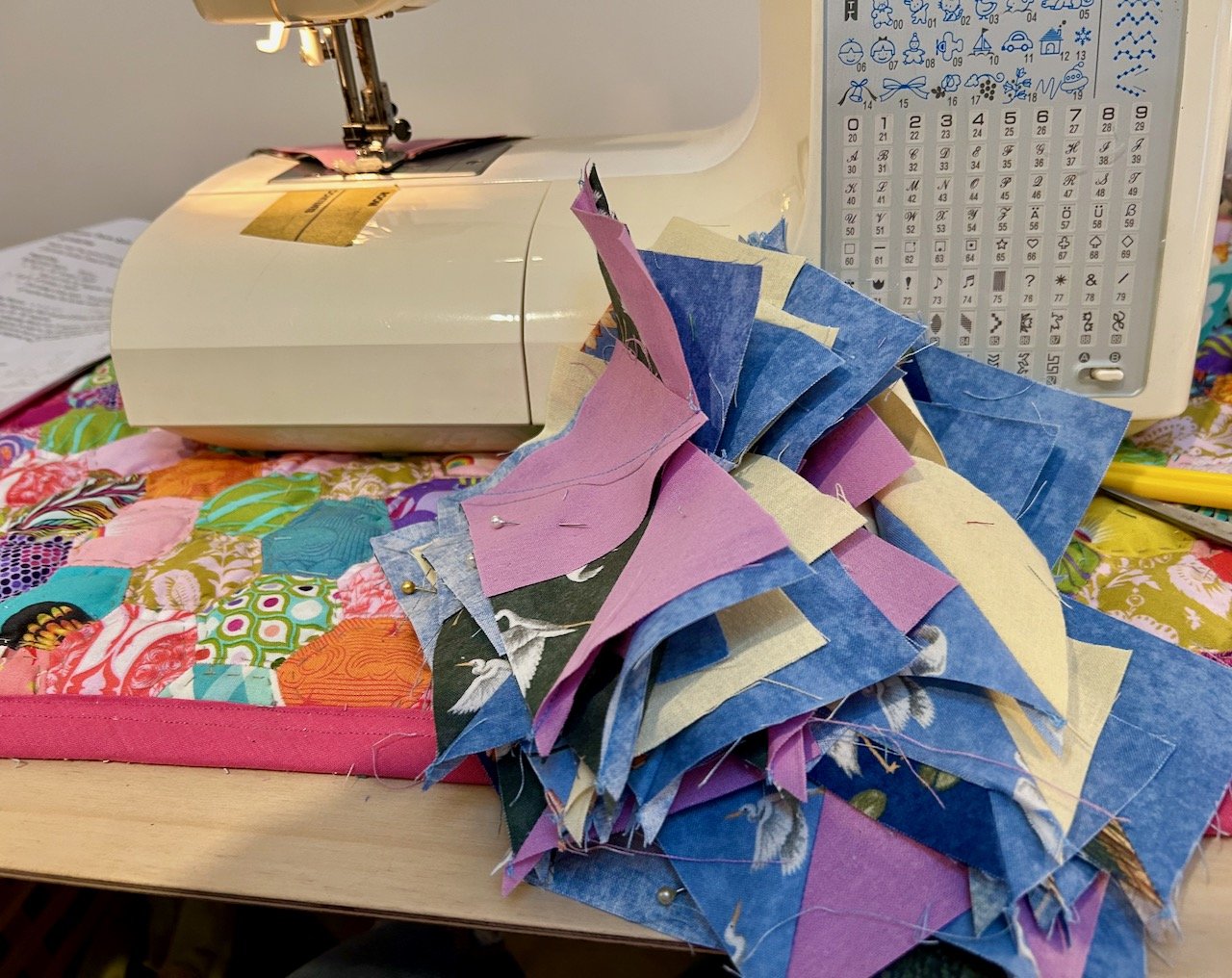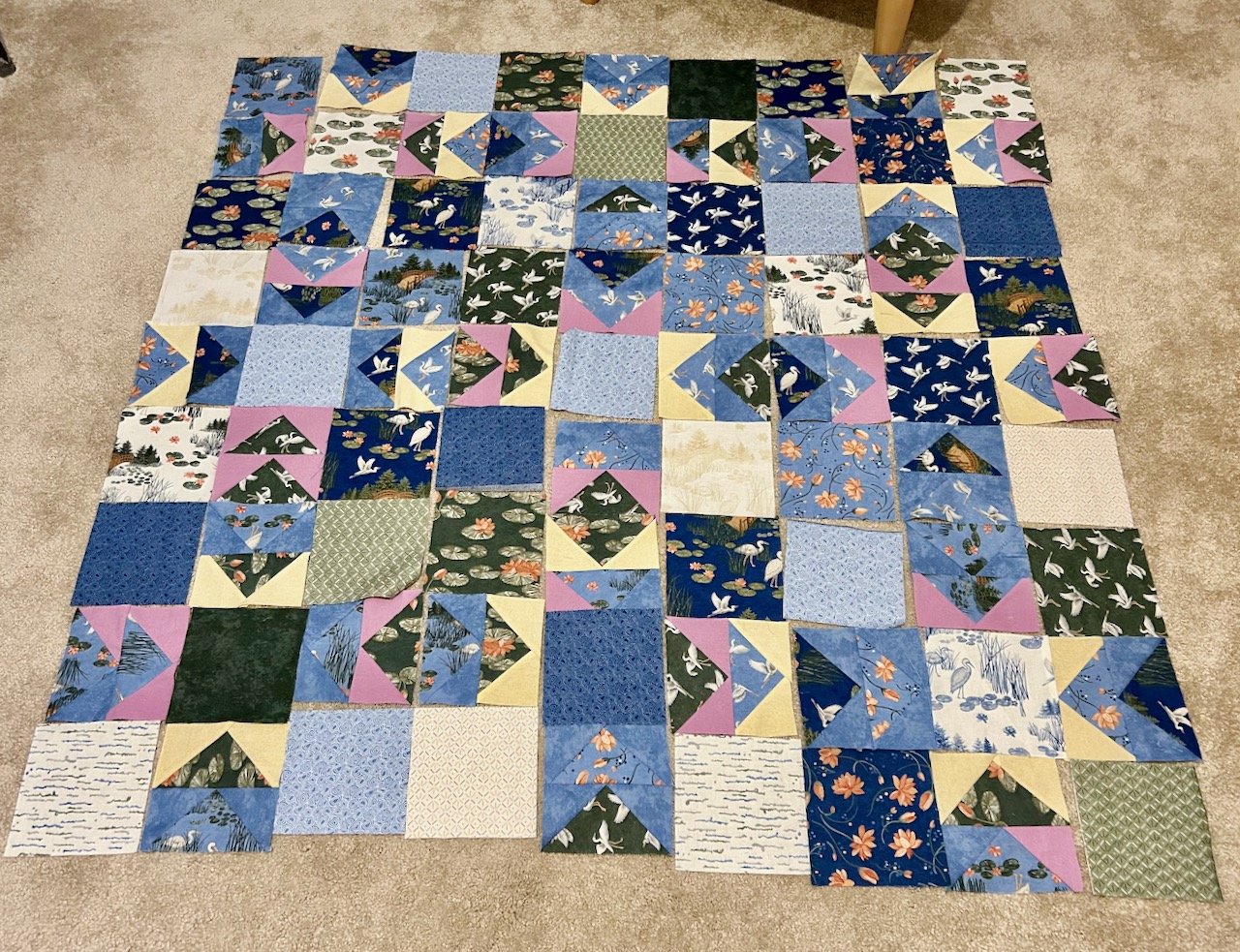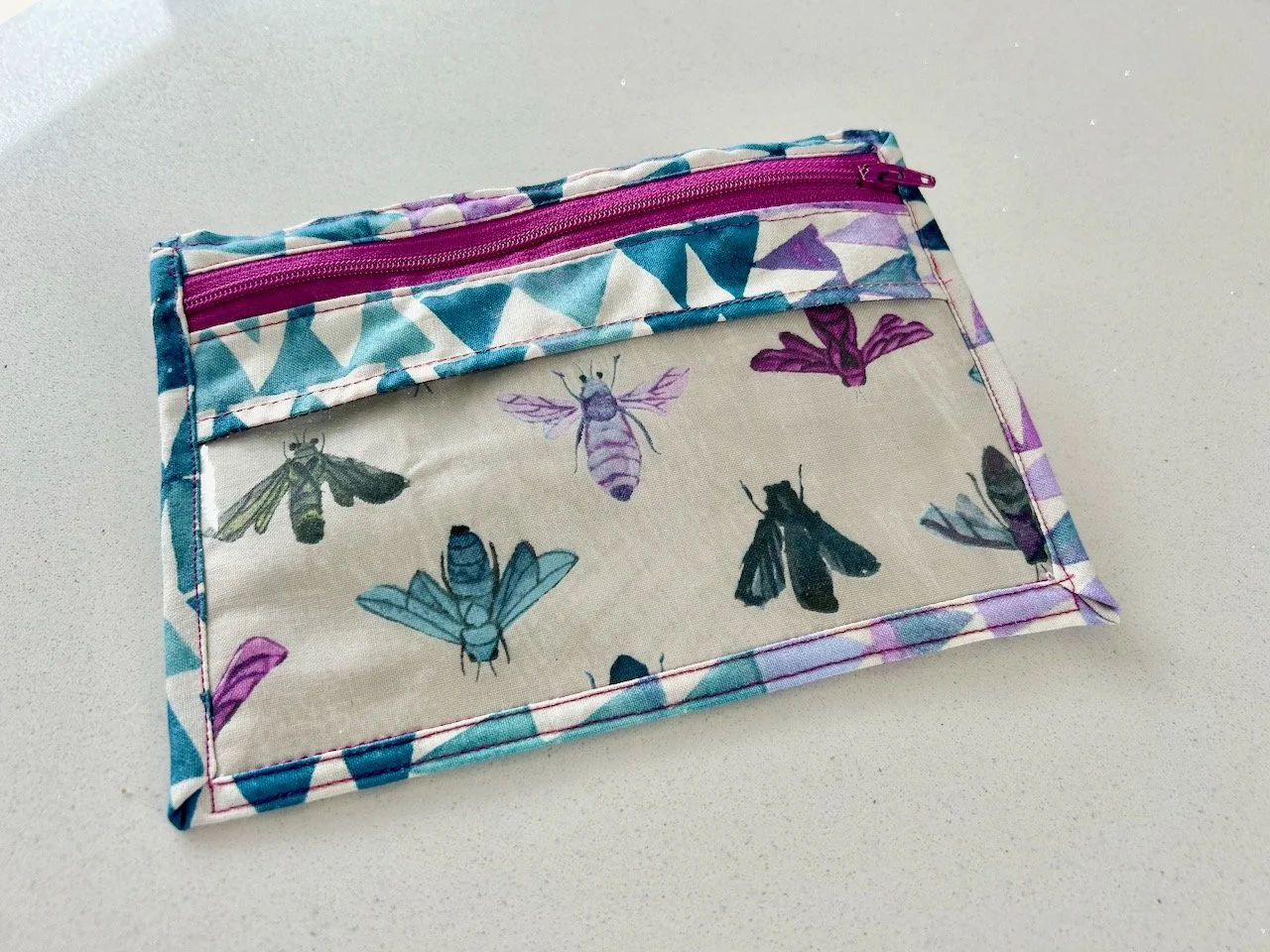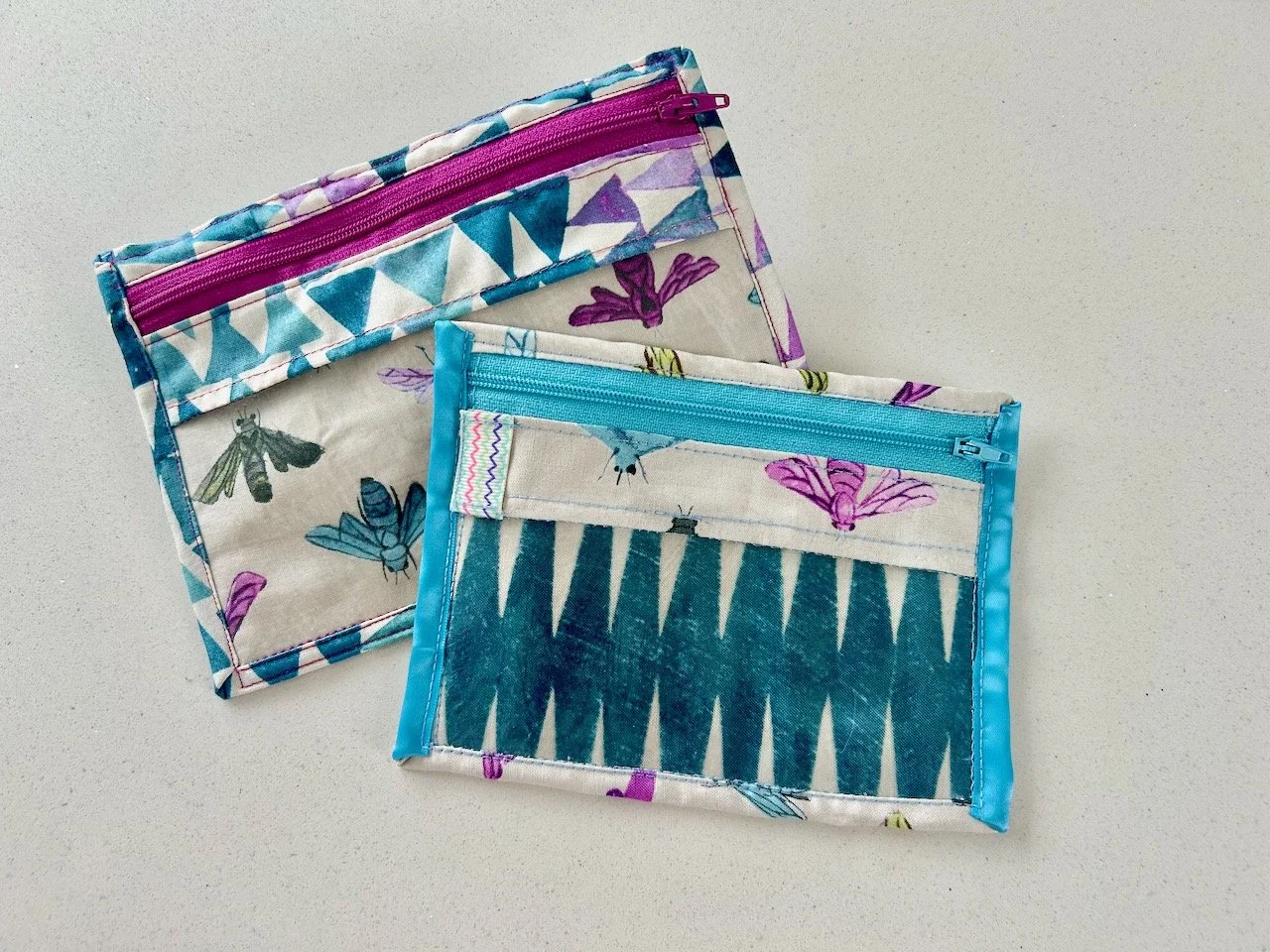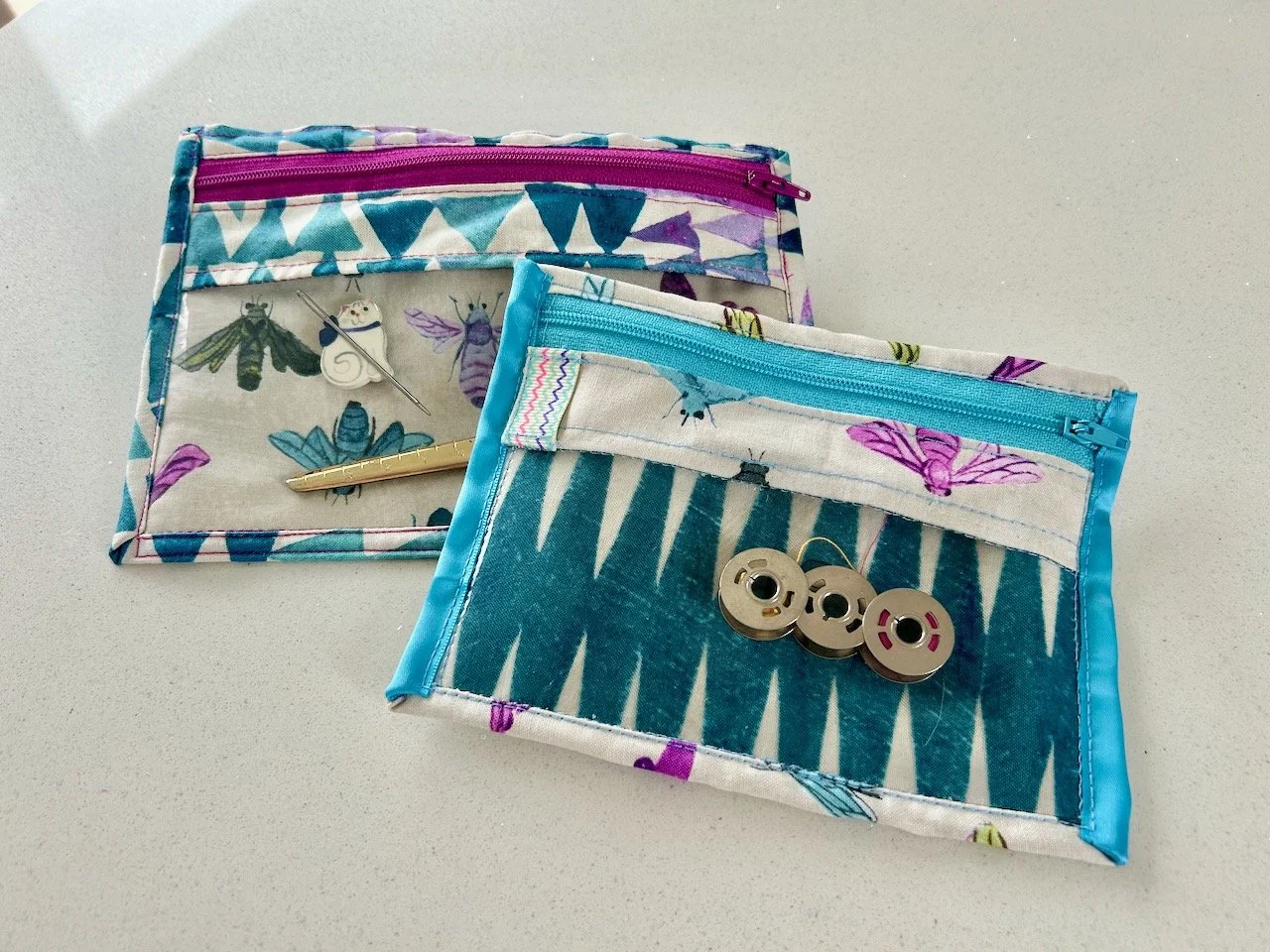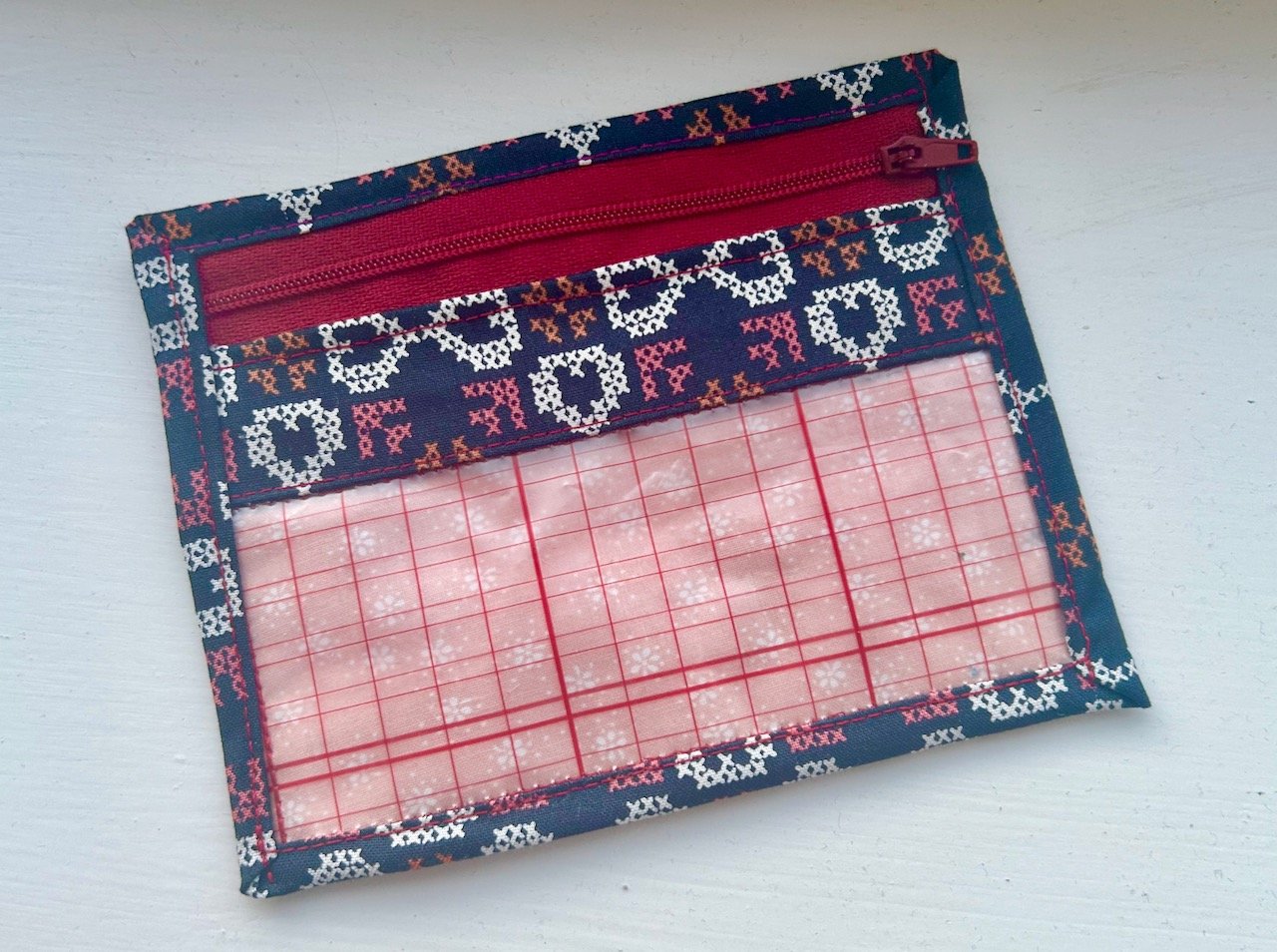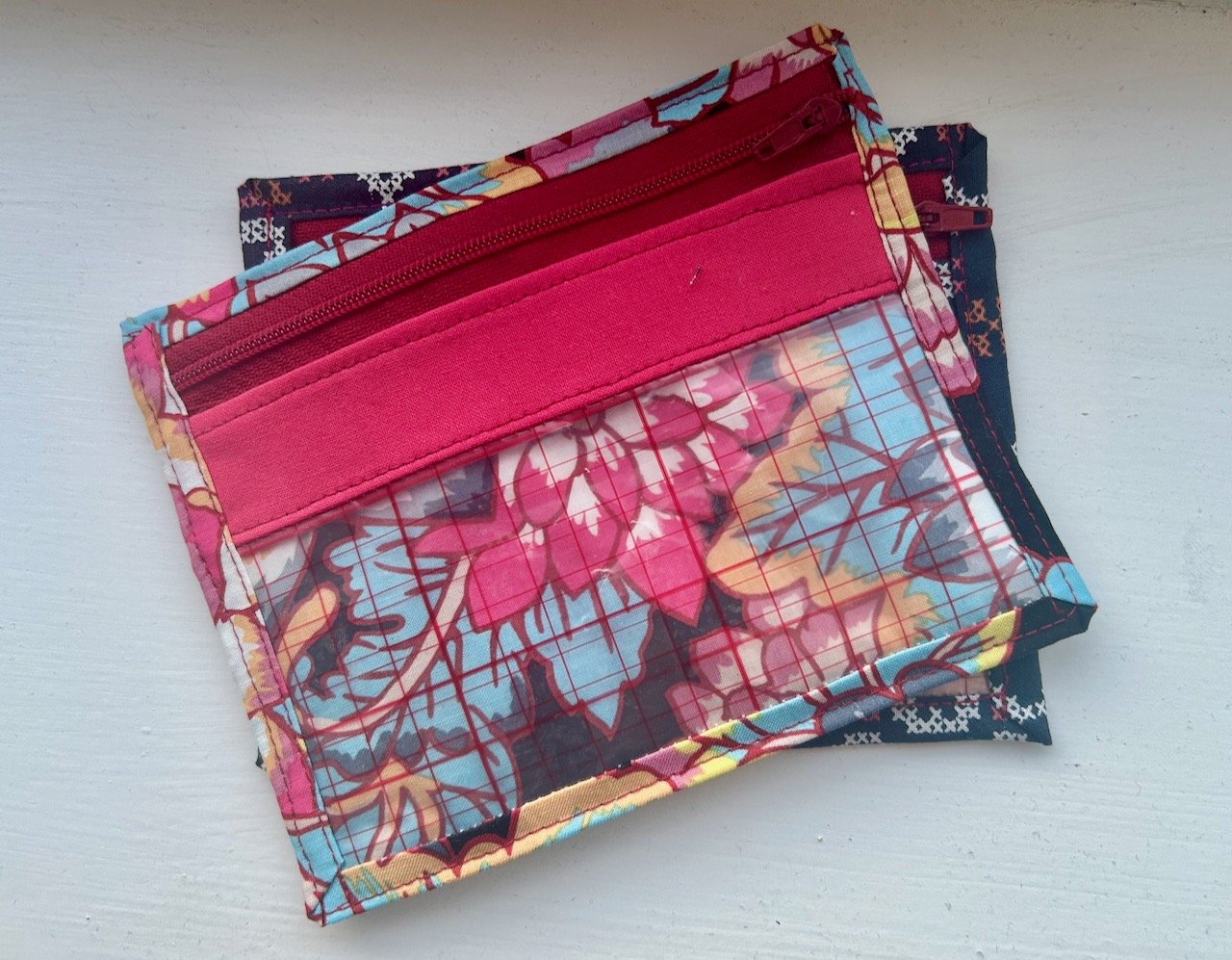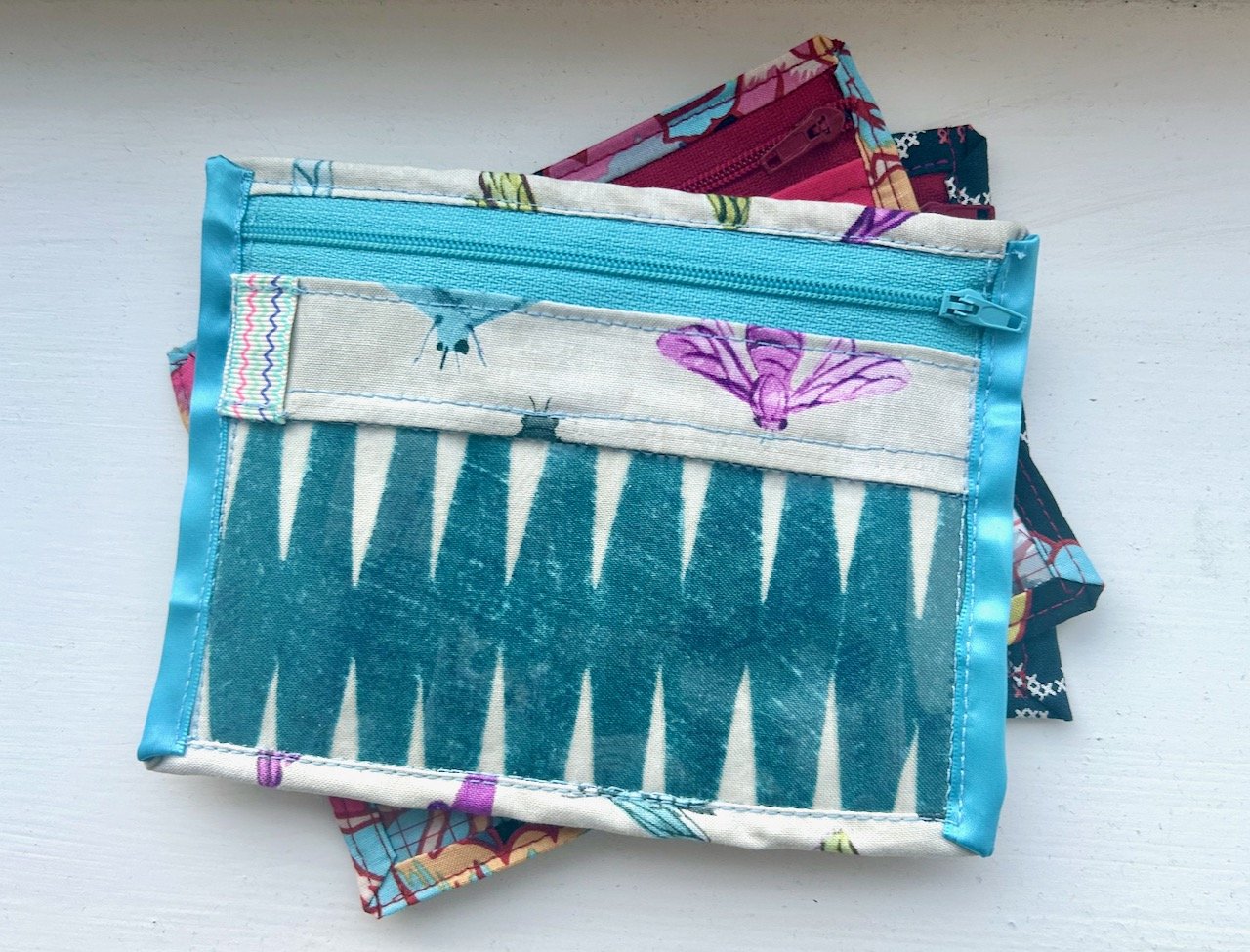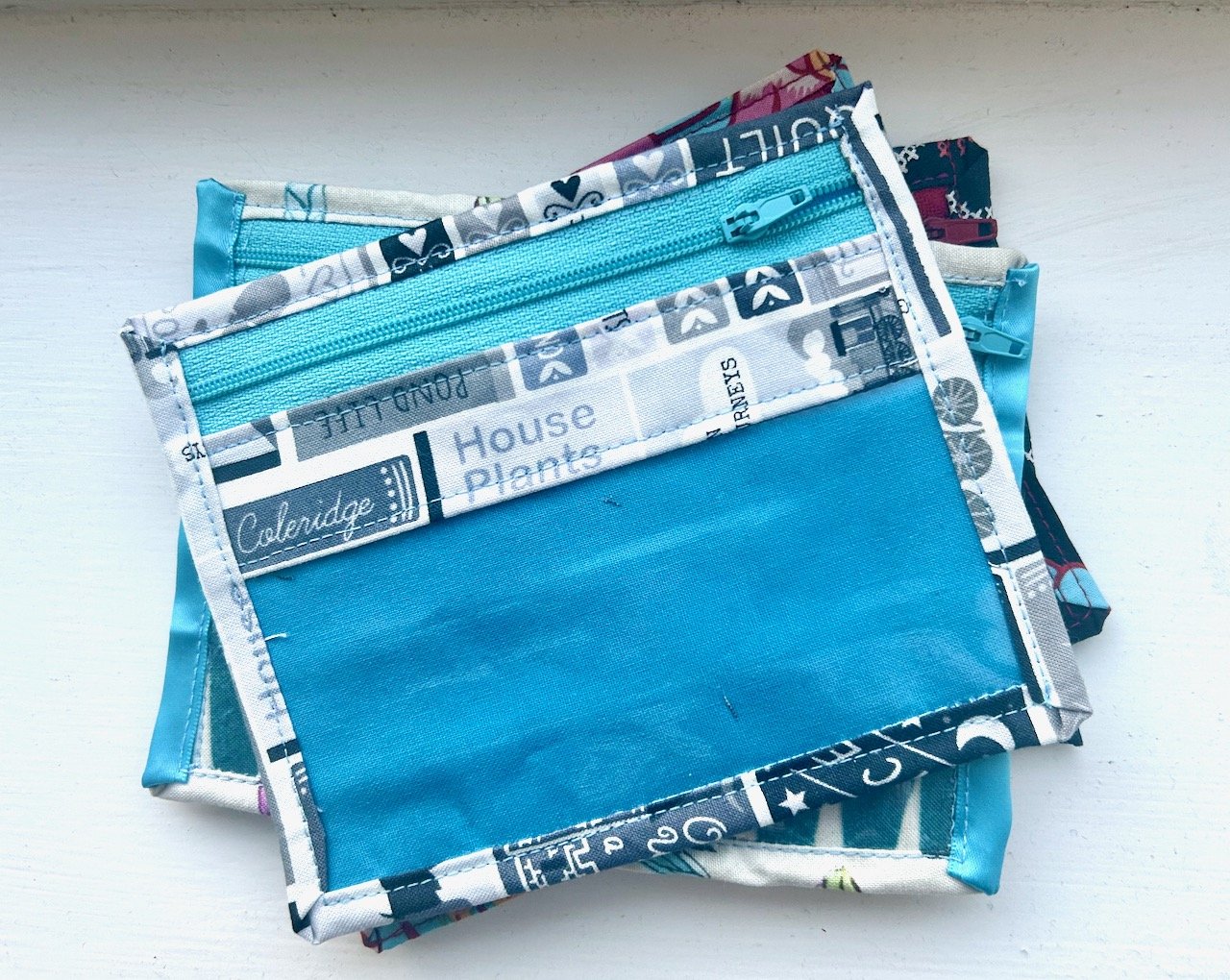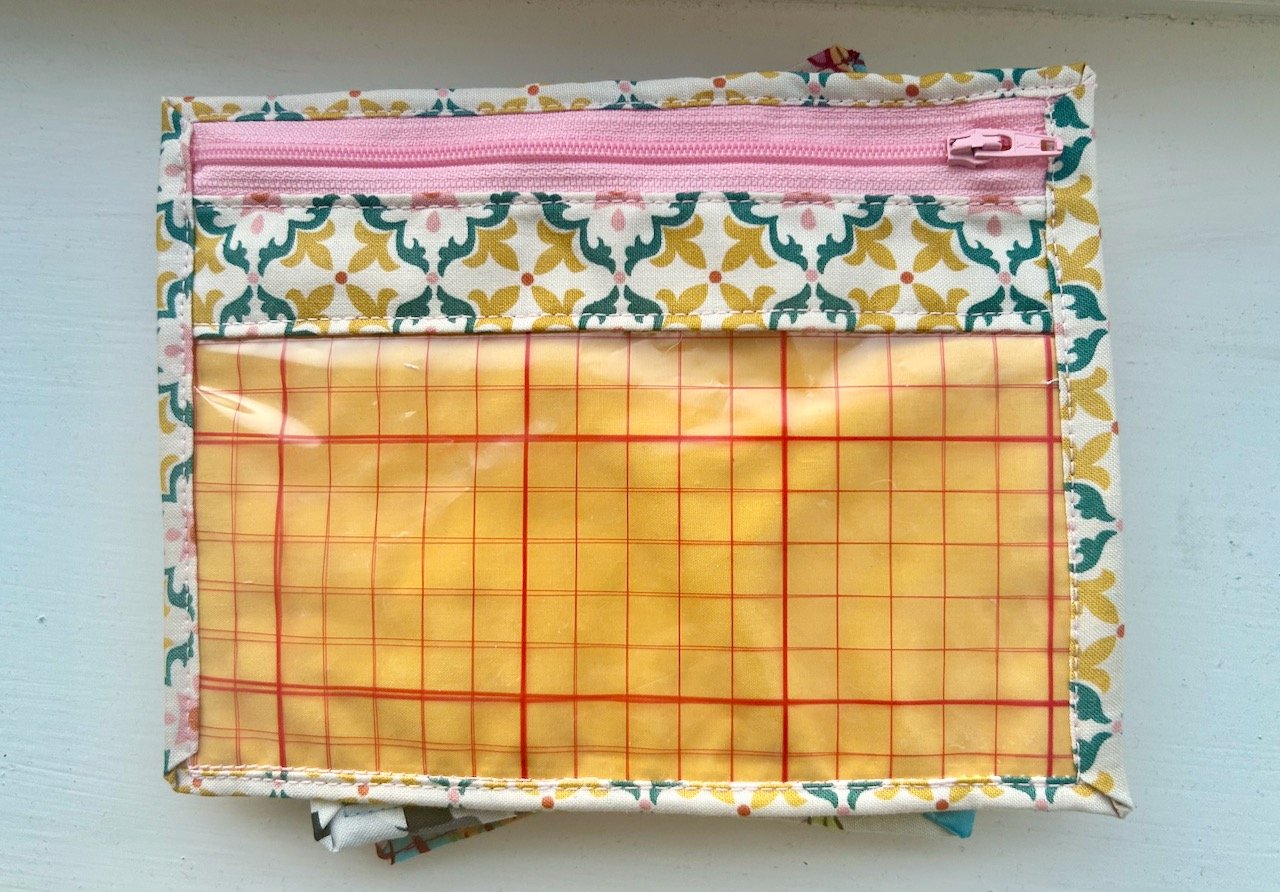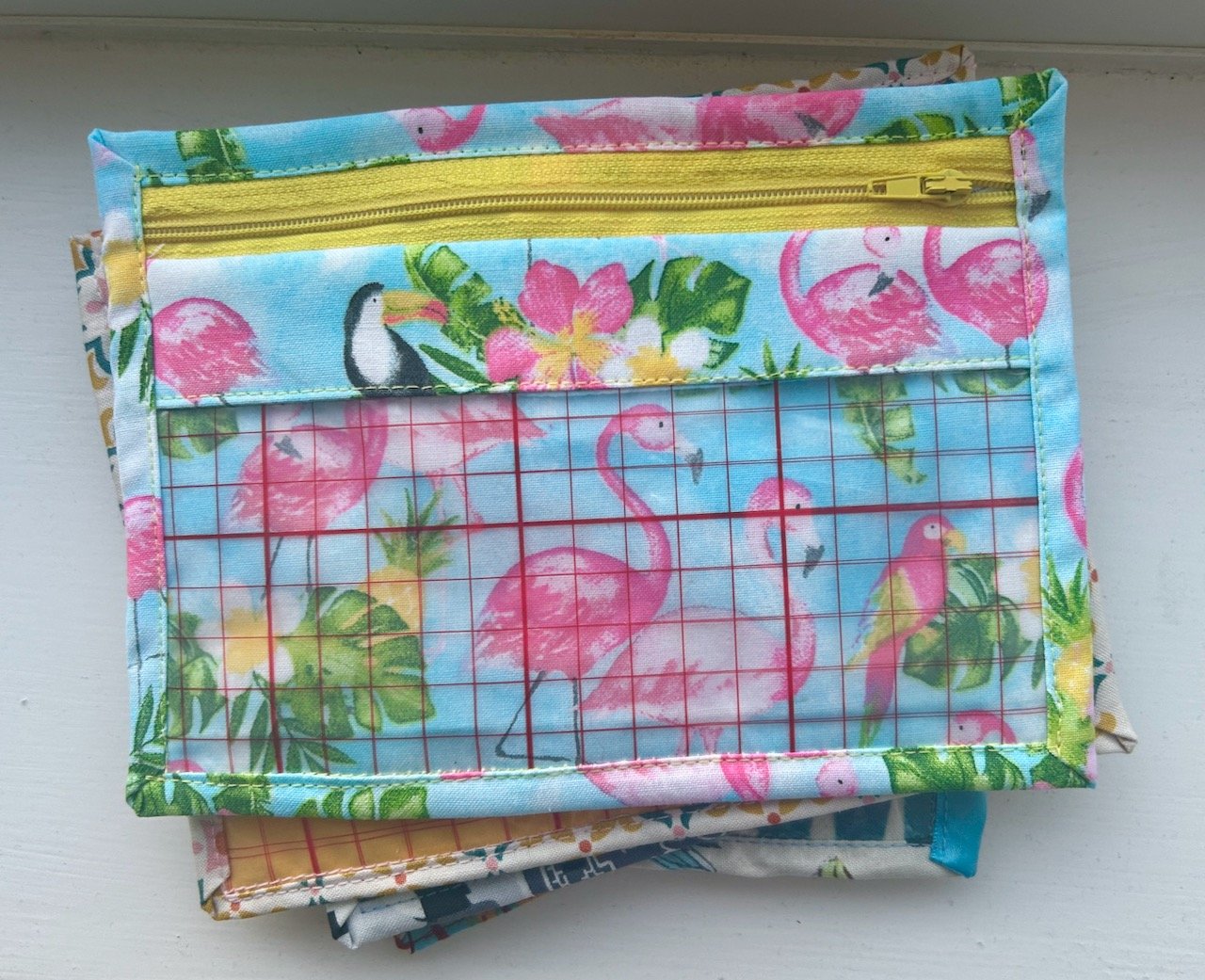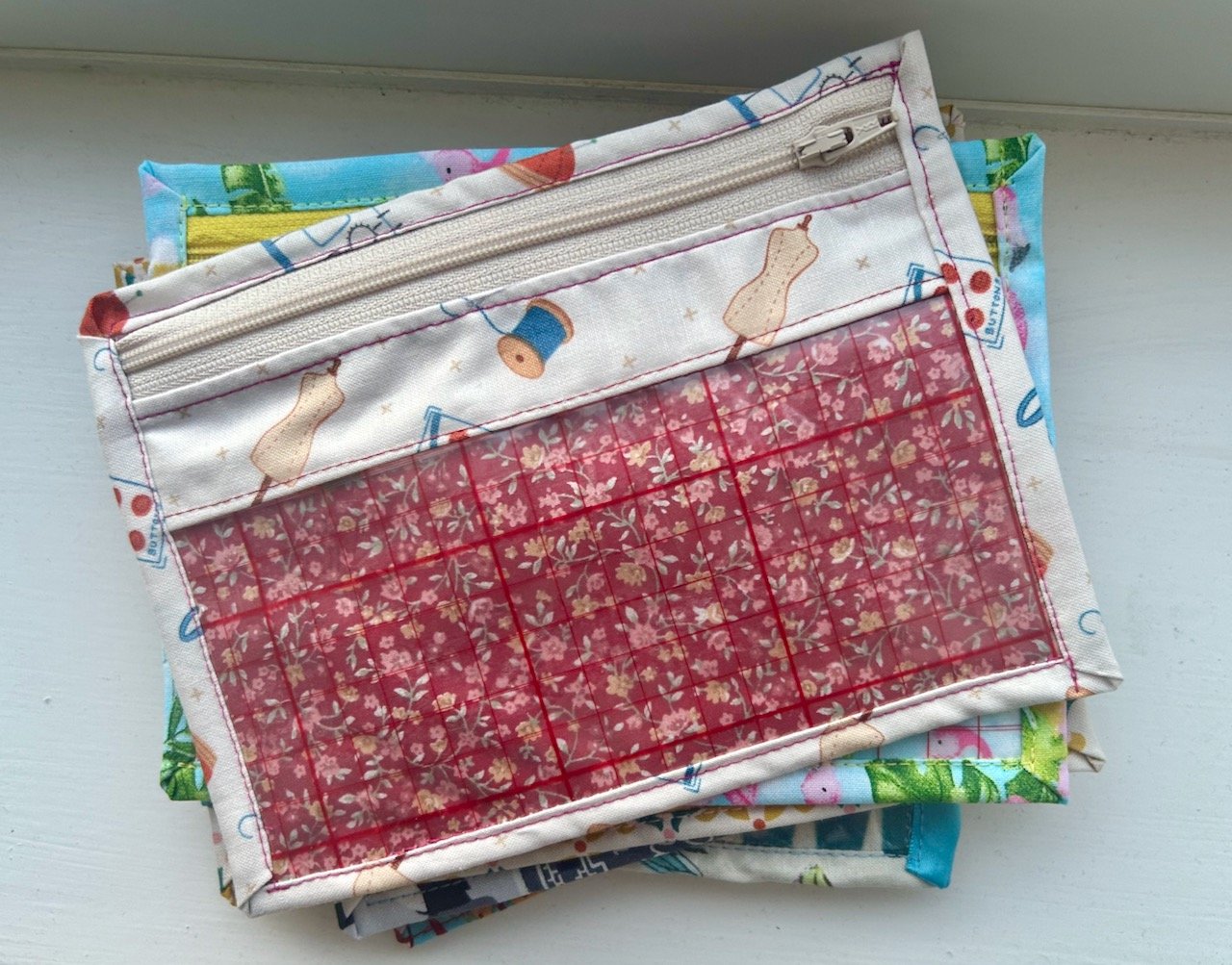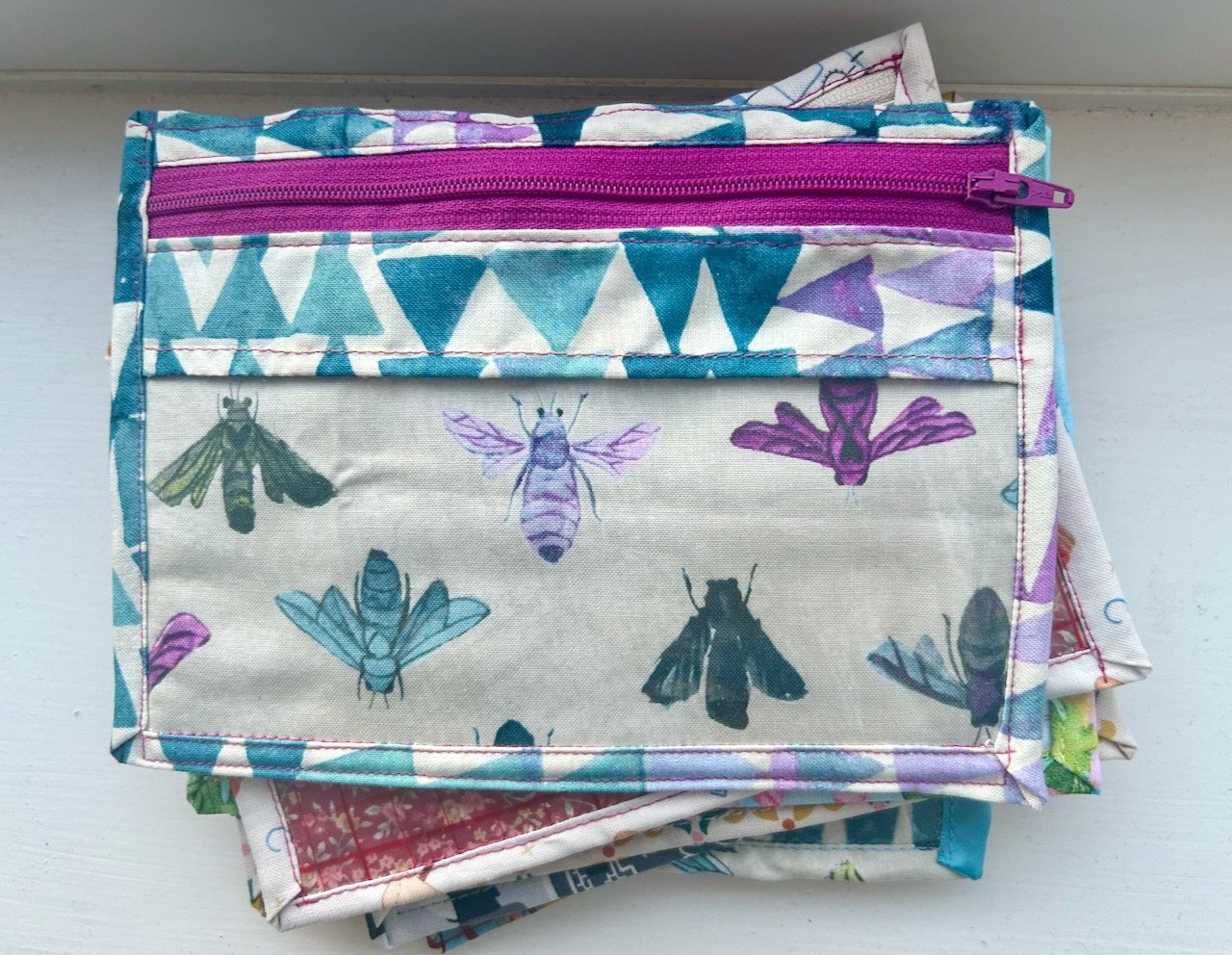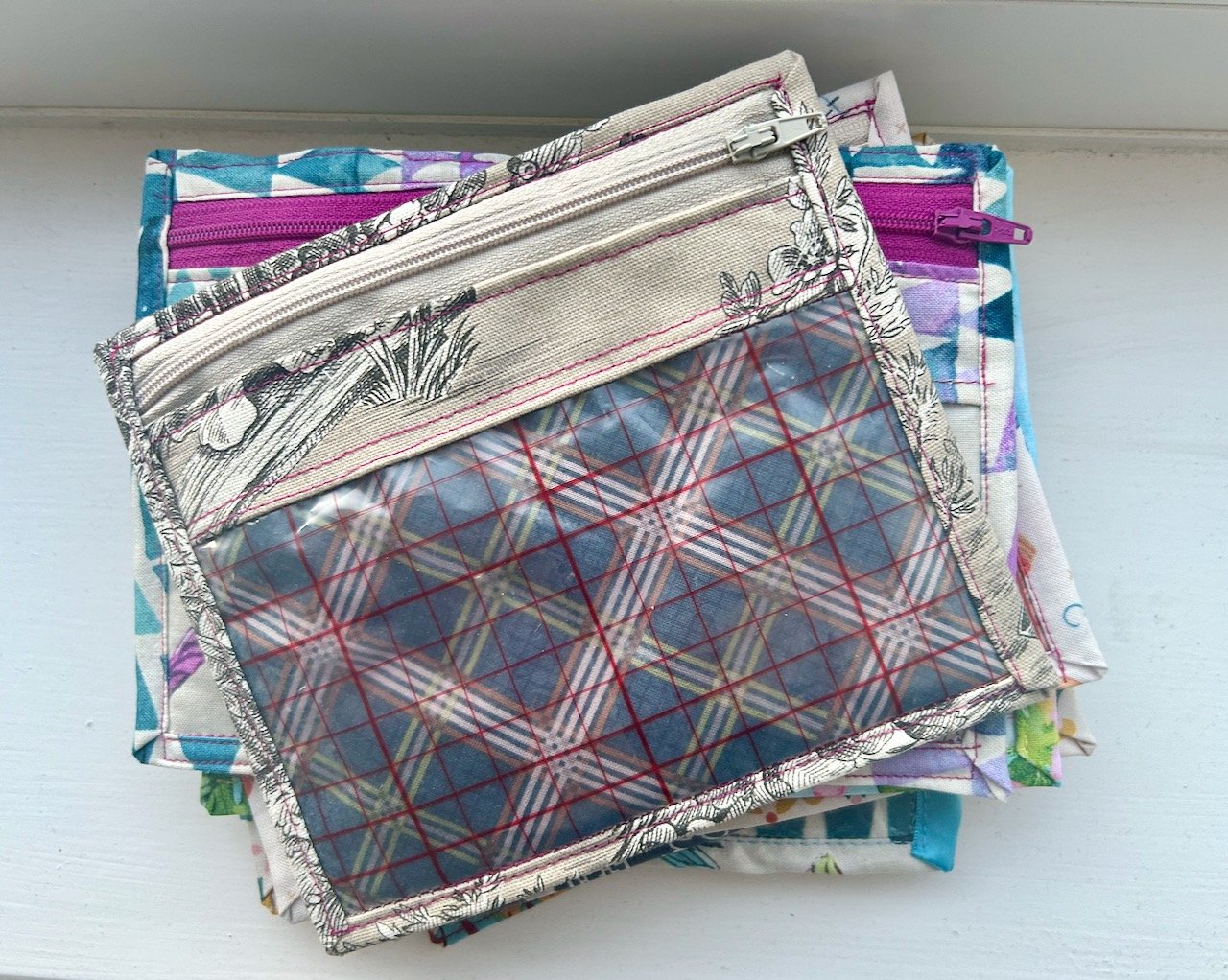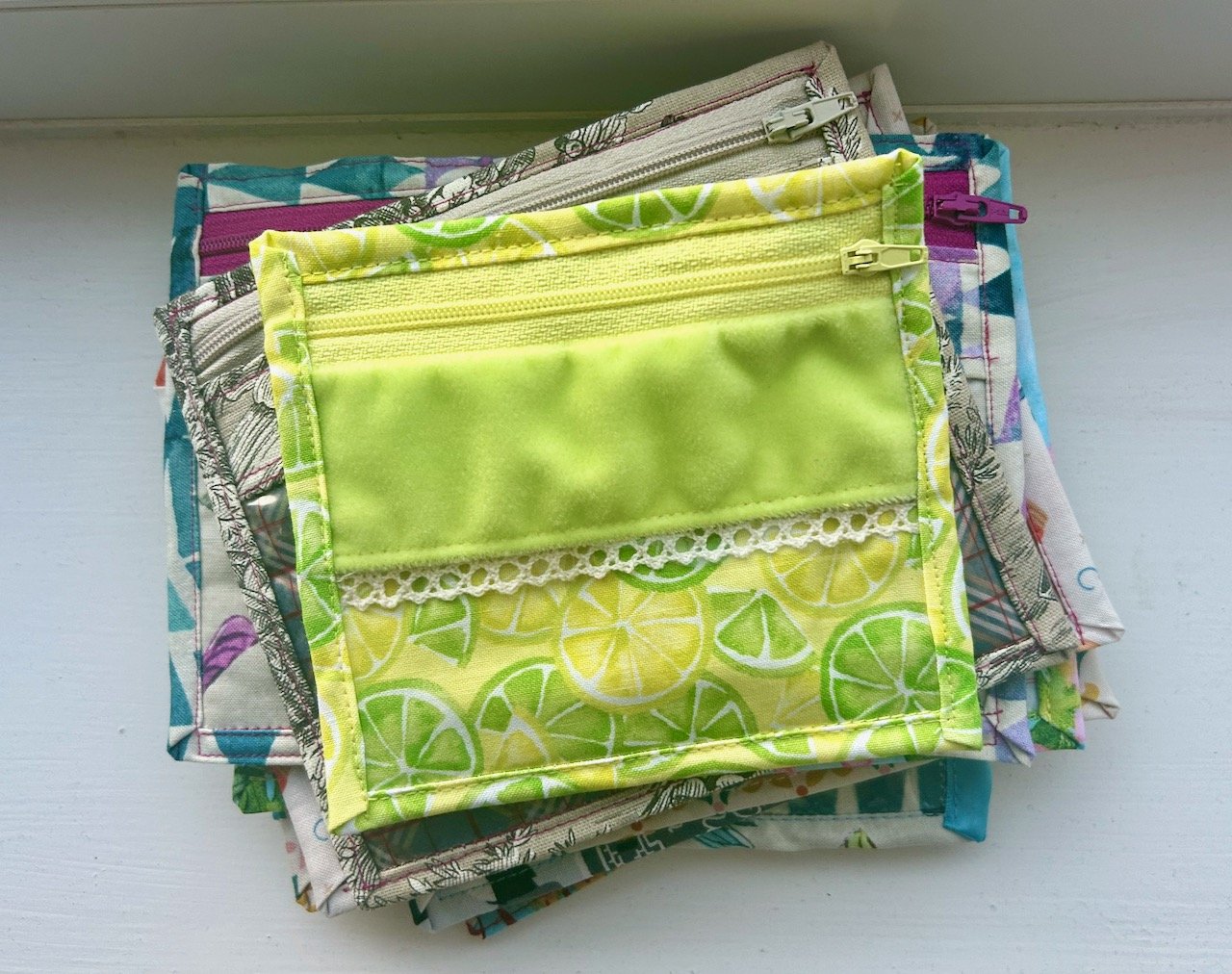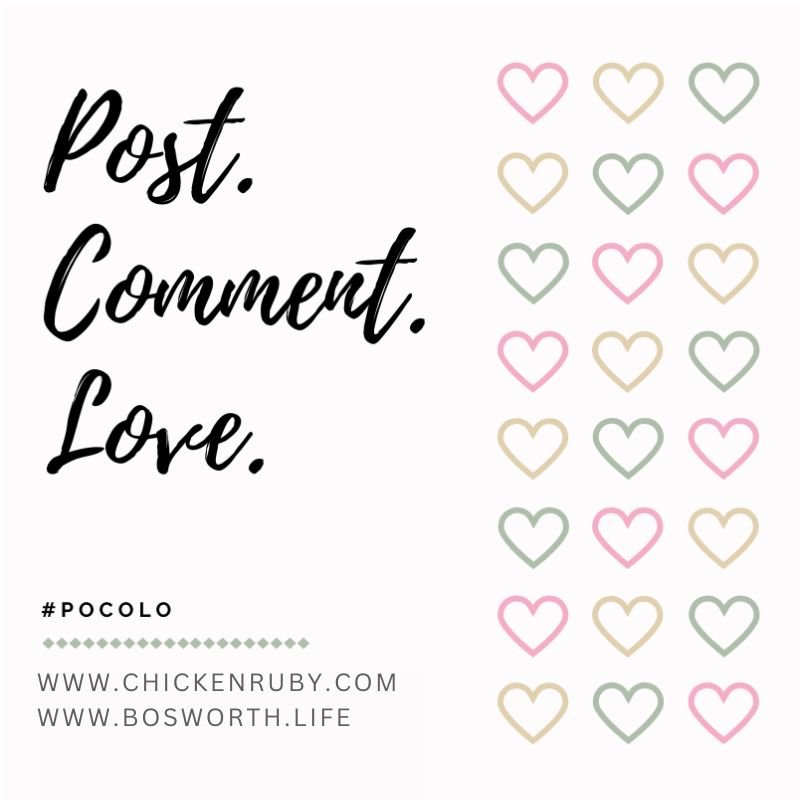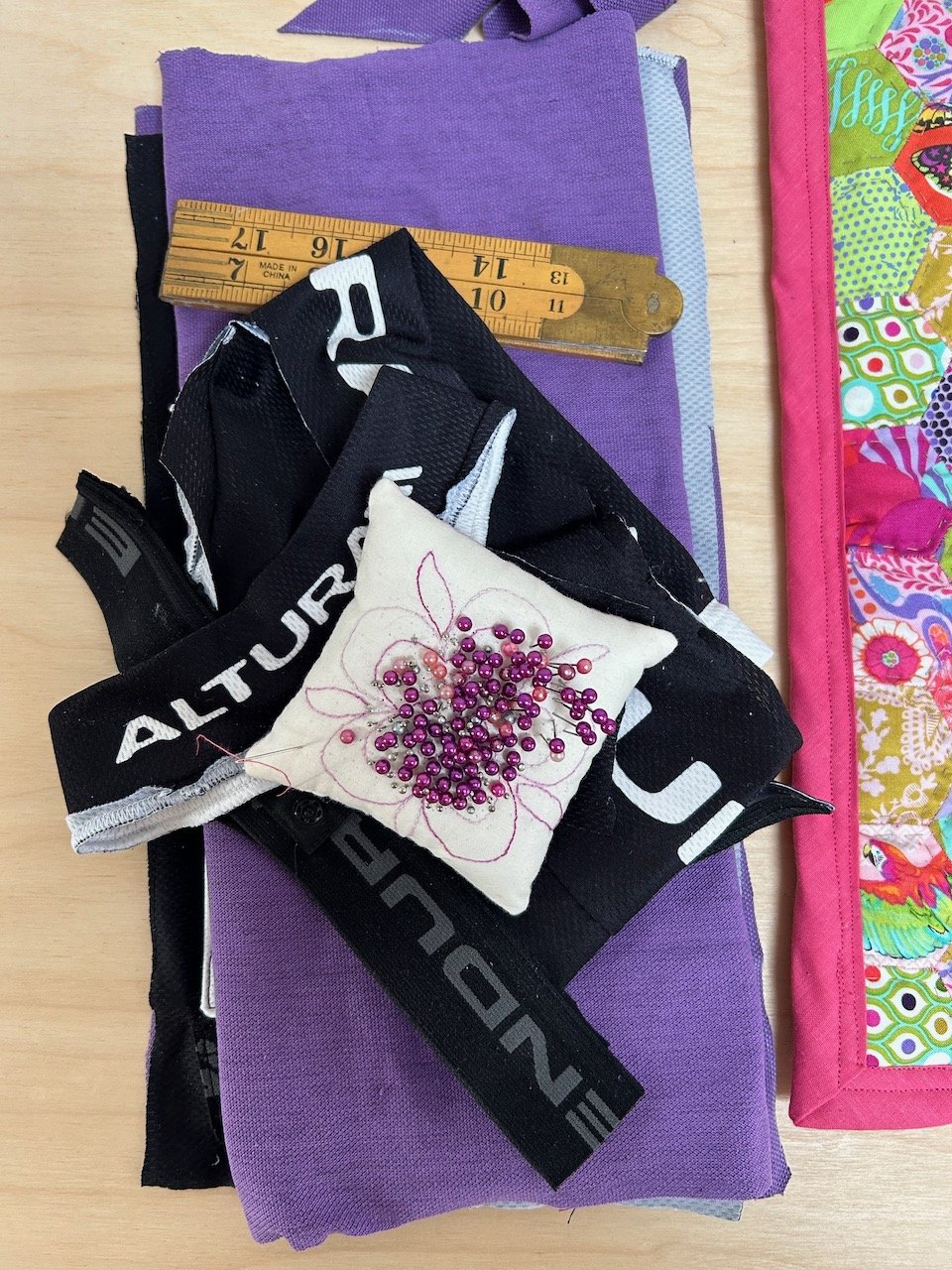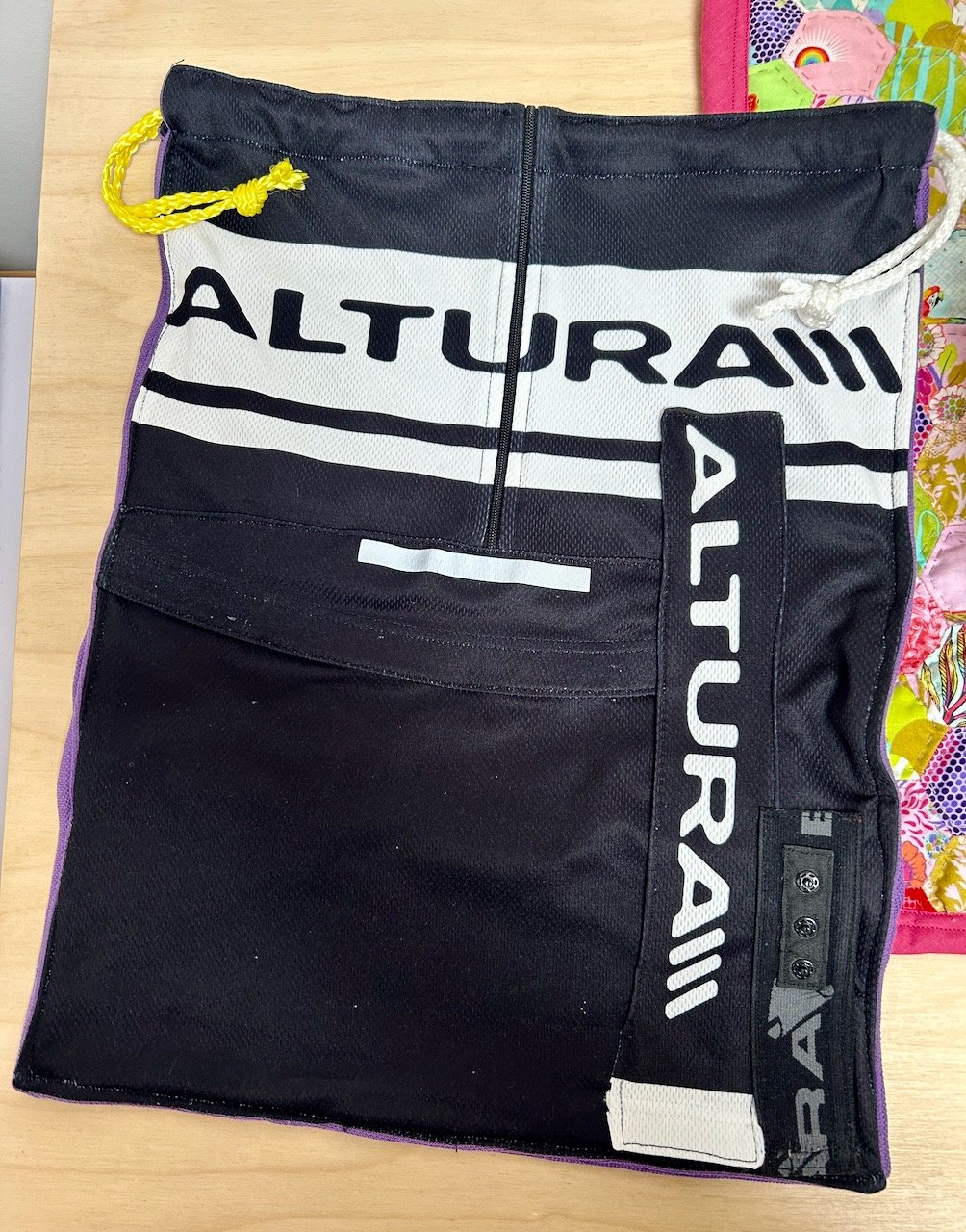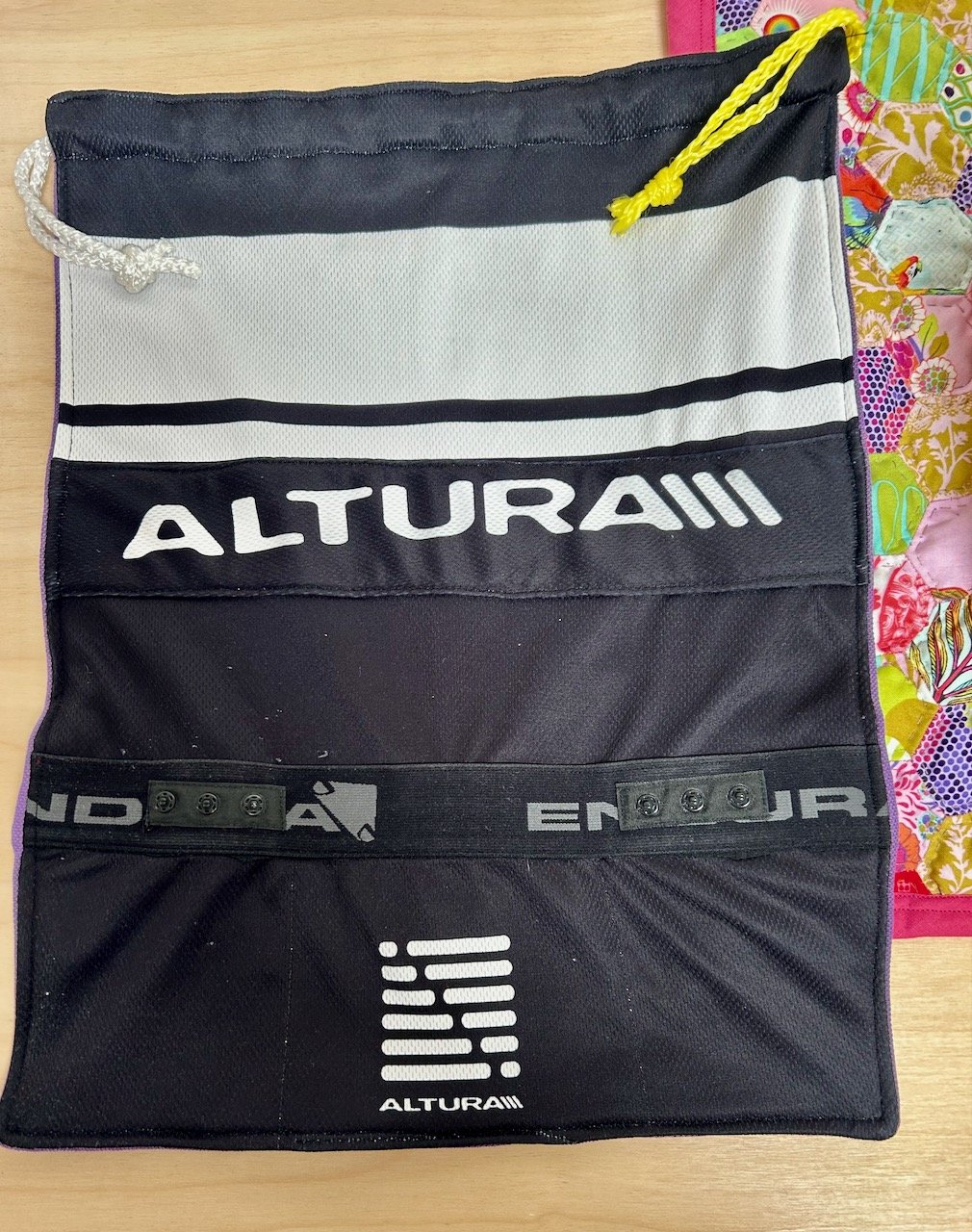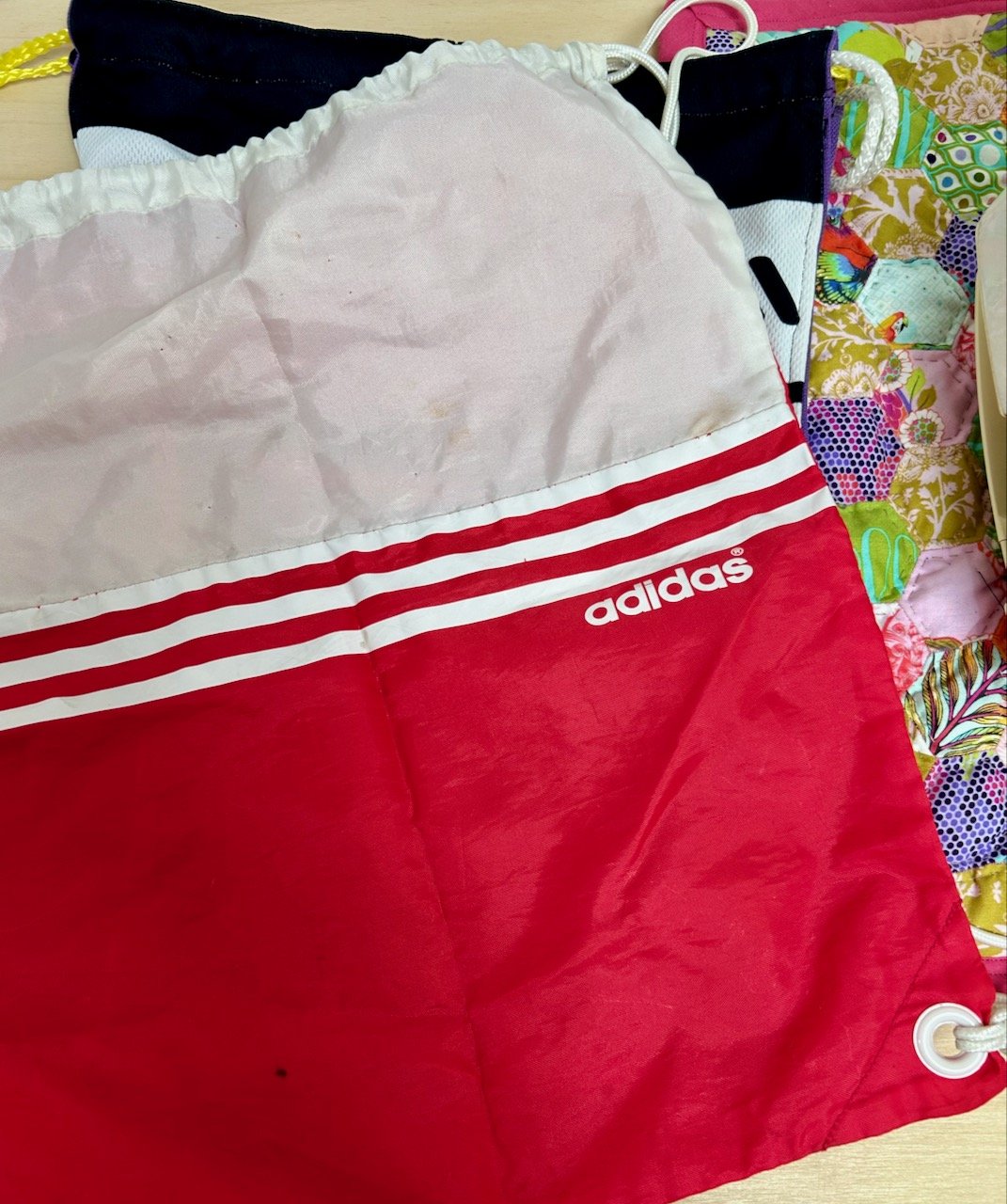Back in January at the Newark Quilt Show I bought a kit to make a quilt, and it’s been on my ‘to make’ list ever since. Shortly after the show I remembered that the kit was for a lap size quilt, which to be honest I don’t have much use for, and so my plan was to ‘collect’ other materials to extend this kit into a quilt that we could use on at least a double bed, and so I’ve been picking up fabrics as I see them, here and there as you do.
I realised though that I probably had enough to be going on with and that it’d probably be a good idea to see what I’d actually got. And so I pulled them all out, and realised that while they ‘went’ with the fabrics in the kit, I actually liked the fabrics I’d collected a lot more than those in the kit.
Oops.
I mean there’s nothing wrong with the fabric that came in the kit, it’s just that (as you’d expect) the ones I’d chosen for myself were much more me, my style and my colours and when they were next to those from the kit they popped, and the ones from the kit felt almost two dimensional.
Clearly another plan was needed. And it was quite an obvious one too - I’d make the kit as it was designed, and use that as a practice for making the Flying Geese blocks which I’d not attempted before. It’d also be a good test to see if I liked this pattern, and could be bothered to do enough of the Flying Geese blocks for a larger quilt.
And this week I got started on those geese.
I added the lilac and cream material from my stash, while the mottled blue fabric was part of the kit. I’m not sure its intended purpose was for the geese, but well, it is now. Over a couple of afternoons I made enough of the flying geese blocks to follow the quilt kit instructions - amazingly I made just the right number without too much effort, and without counting too hard. Phew.
The first set I made I whizzed through and was perhaps a bit more cavalier than perhaps quilters are by nature. I didn’t iron my seams, or trim my blocks as I was keen to see how they worked out, and where my ‘points’ were. They worked out just fine, though I can see the advantage of taking it a bit slower, and so for the second larger batch of blocks that’s exactly what I did. The end result is pretty much the same though, but I think assembling the second batch with the other squares will probably be easier, and so it’s probably worth the extra time.
I used the ‘no waste’ method of creating the blocks and was pleased with how that went - it’s much less confusing in practice than the written instructions led me to believe - and I lost none of my points in any of the blocks, so that’s something.
I was surprised at how quickly they came together, and after just three (part) afternoons I was able to start playing about with the layout - this is just one of the iterations.
It’s not too bad is it, so that’s my challenge for the next few weeks - to complete this smaller size quilt top, and to dig out some suitable material for the backing. In my head, I’m remembering an old grey duvet cover which will work just fine. I just need to remember where I put it!
And then to reevaluate if more flying geese are on my horizon, or not.
